Introduction
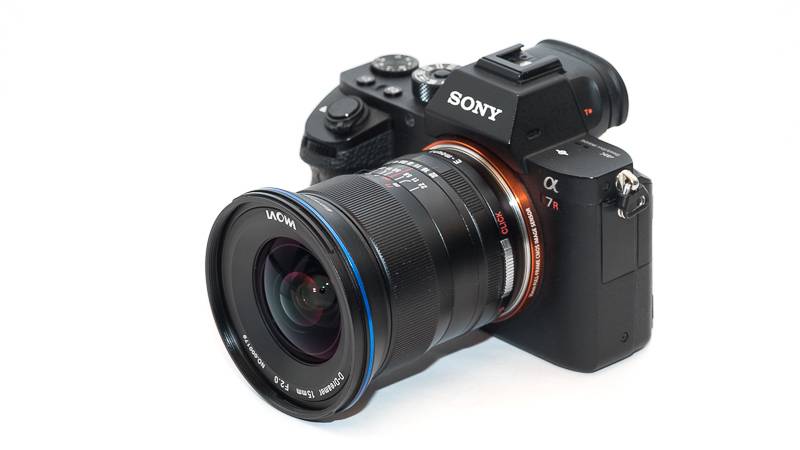
When announced in at Photokina in 2016 the Laowa 15mm 2.0 Zero-D was one of the first lenses making actual use of the narrow flange distance of mirrorless cameras, opening up new lens design possibilities needed to create a compact yet fast ultra wideangle lens.
I have been using this lens for years, so let’s have a look together how it fared in this long term review.
Jan 2023: Alternatives Section updated, new samples added, general update
Sample Images
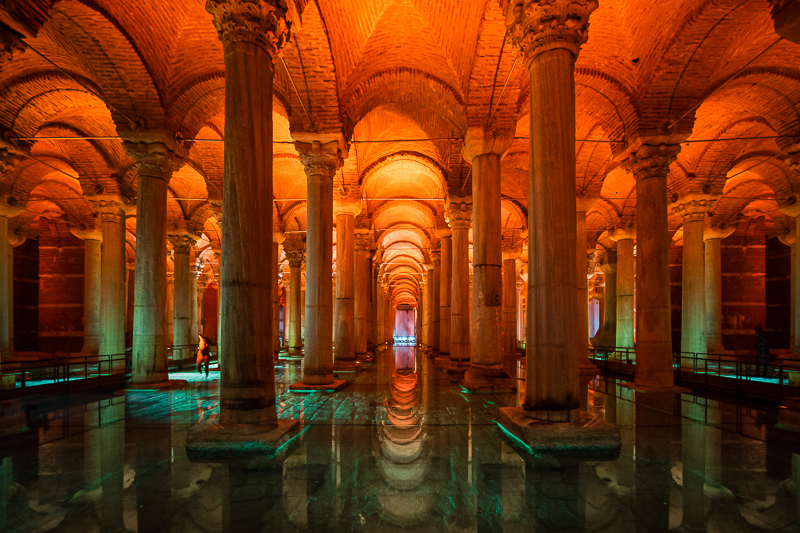
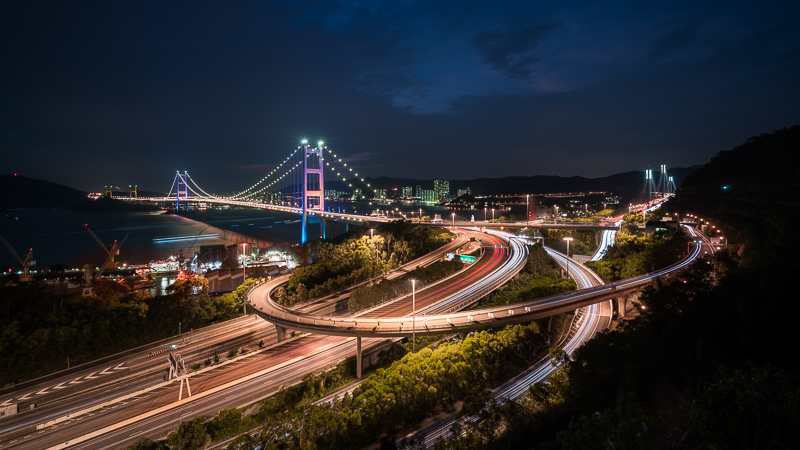
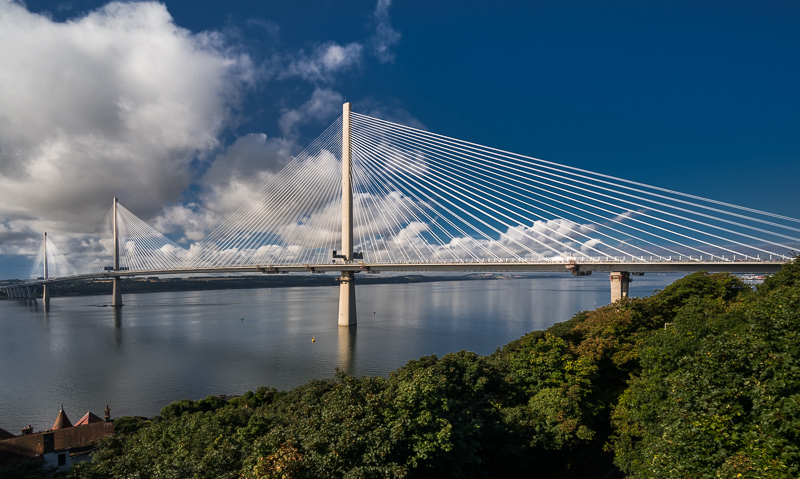
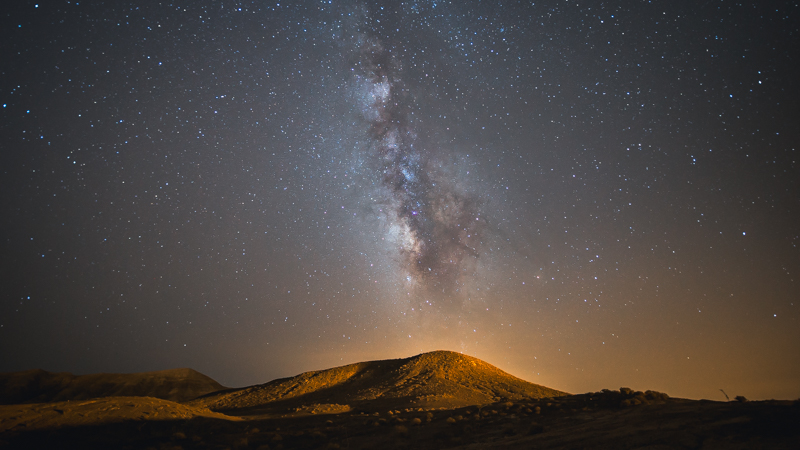

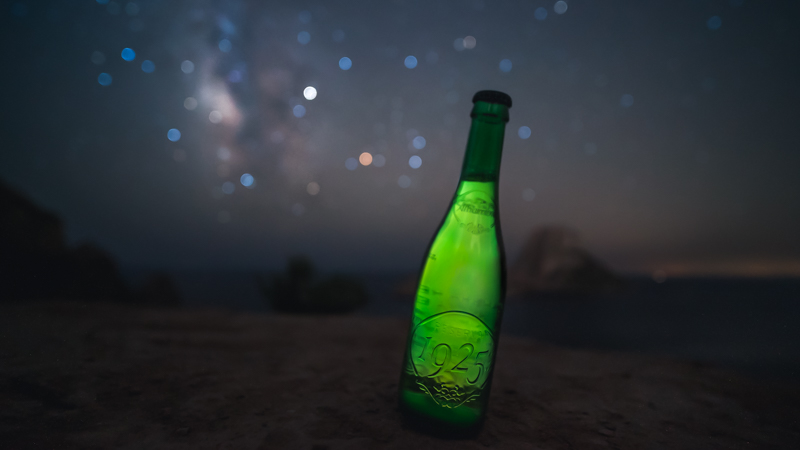
You can find most of the shots in this review in full resolution here.
Contents
Specifications / Version History
I am reviewing the final production model here which has the following specifications:
- Diameter: 77mm
- Field of view: 110° (diagonally)
- Length: 83mm
- Weight: 520g
- Filter Diameter: 72mm
- Number of Aperture Blades: 7 (straight), 5 (straight) when produced after Dec. 2019
- Elements/Groups: 12/9

- Close Focusing Distance: 0.15m
- Maximum Magnification: ~1:4.1
- Mount: E-mount
The lens can be bought directly from the manufacturer’s online shop for 649$. Or for the same price on amazon.com/B&H or for 879€ at amazon.de (affiliate links)
Disclosure
The Laowa 15mm 2.0 Zero-D was kindly provided free of charge by Venus Optics / Laowa for reviewing purpose for a few weeks. I liked the lens so much that I decided to buy it to add it to my kit.
Handling / Build Quality
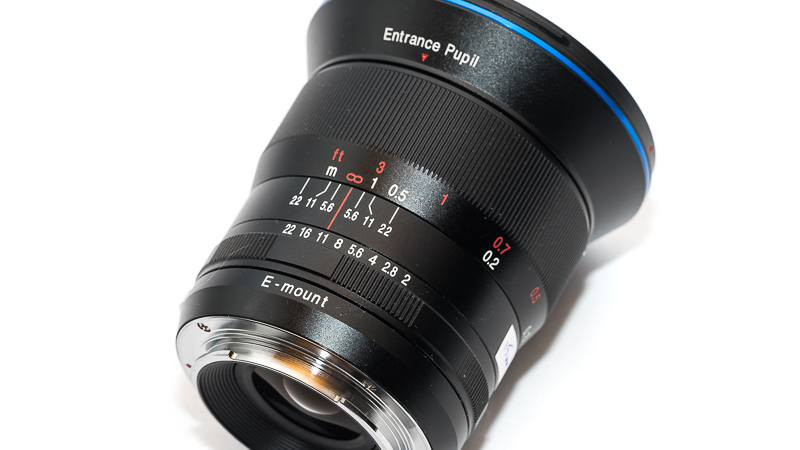
The other two Laowa lenses we tested so far featured a good build quality, and the 15mm 2.0 is no exception. Most parts of the outer casing seem to be made from metal and the lens feels very dense and solid. Markings are engraved and filled with paint.
The focus ring has (for my taste) pretty much perfect resistance; a little more than the Zeiss Loxia lenses, maybe a tad less than the Zeiss ZM or Voigtlander lenses. I am not yet sure about the throw of the focusing ring, it is about ~85° from the minimum focus distance (0.15m) to 1.0m and only ~5° from 1.0m to infinity. Infinity is exactly in the center of the infinity symbol on my sample, and you can focus a bit behind that. This is a very good approach, though an even better one would be an adjustable infinity hard stop.
The aperture ring has one-stop click-stops and it takes about 45° from f/2.0 to f/22.
We have seen quite a few different methods to “de-click” the aperture ring so far, and we can now add another one, as this lens incorporates a small lever for de-clicking the aperture ring. It is very close to the aperture ring and it might be possible to turn it by accident. Time will tell if this happens in the field.
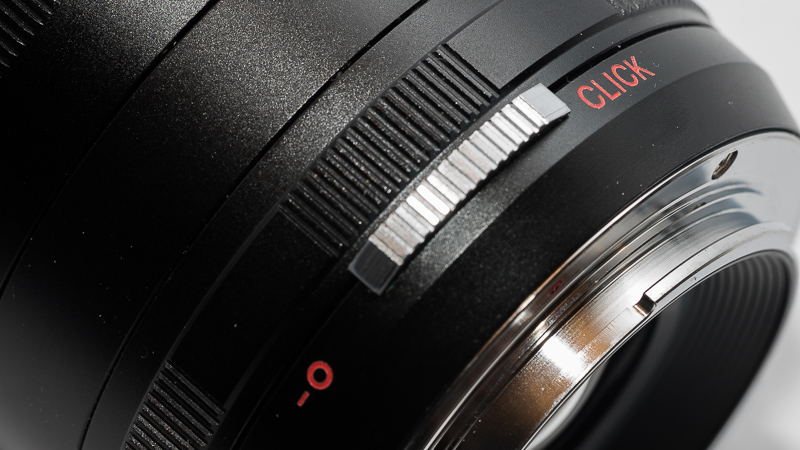
Part of the package is also a petal-shaped lens hood which seems to be made from aluminium and fits quite nicely. The hood of the second sample does not sit as tight as the one from the first though.
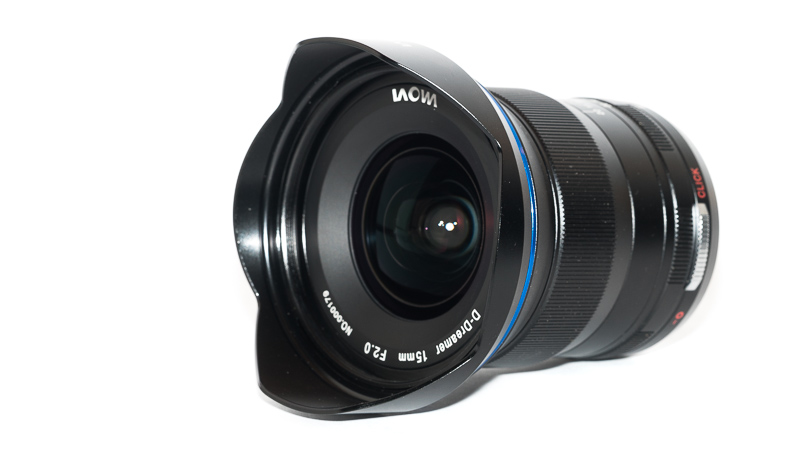
Unlike the Zeiss Loxia or the the Voigtlander E-mount lenses the Laowa does not feature electronic contacts to communicate with the camera, so there is no Exif data transmitted.
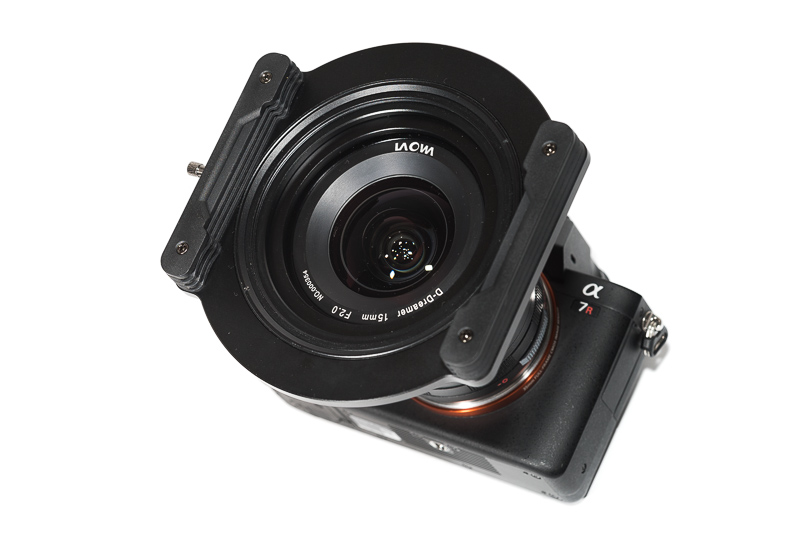
Unlike most of the ultra wide angle competition that needs lens specific 150mm+ holders this lens does not only take standard 72mm screw in filters but also works with 100mm square filter systems (only tested with NiSi 100mm V5 holder).
Vignetting and colorcast
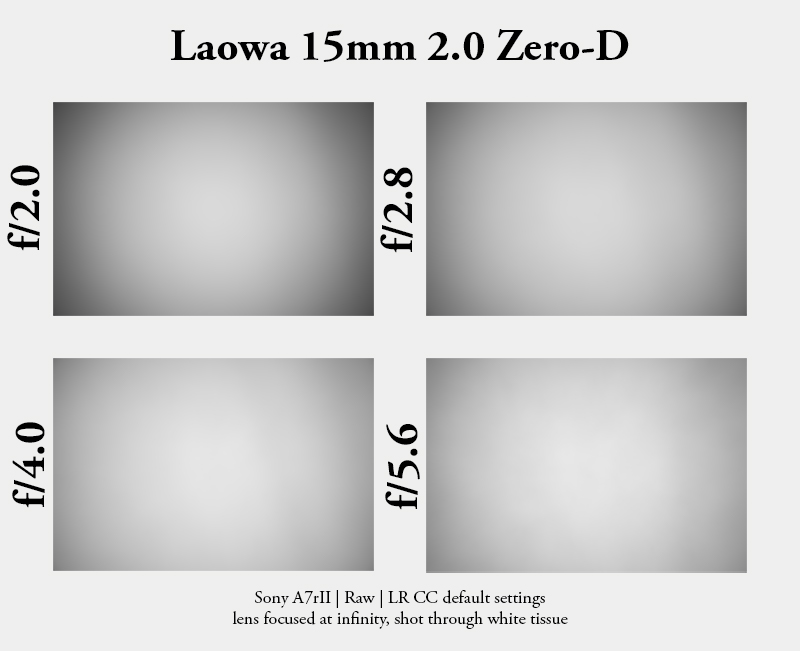
The small size takes its toll here: wide open vignetting amounts to 2.9 EV, at f/2.8 it is 2.3 EV and stopped down further pretty much remains 2.0 EV. This is still less than the Samyang 14mm 2.8 (MF) or the Voigtlander UWA primes, but also more (especially stopped down) than the Sigma 14mm 1.8 Art (see lenstip.com review).
Also similar to the Voigtlander UWA primes and the Laowa 12mm 2.8 this lens showed some green color cast in the corners on the Sony A7rII. The visibility depends highly on the subject and is more pronounced with very bright backgrounds:
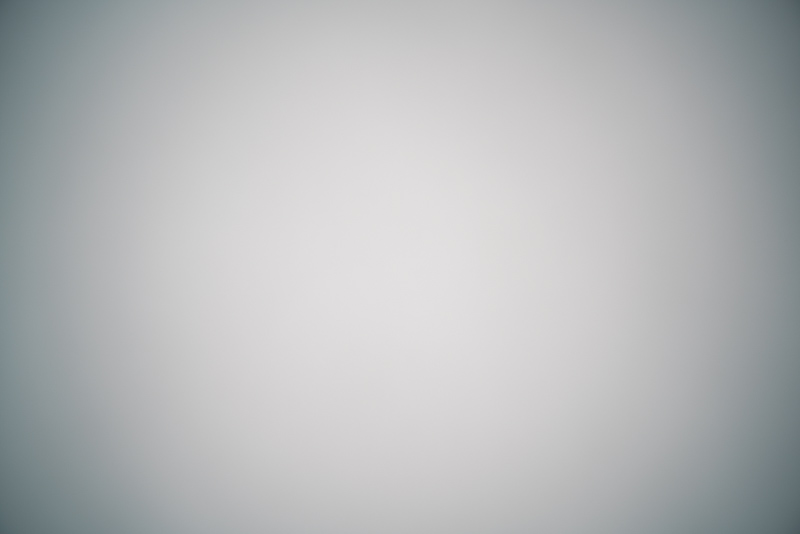
I am pretty sure few of you will be bothered by this, many probably won’t even notice. Nevertheless – for the more critical among you – this is a real world shot where I can see it:
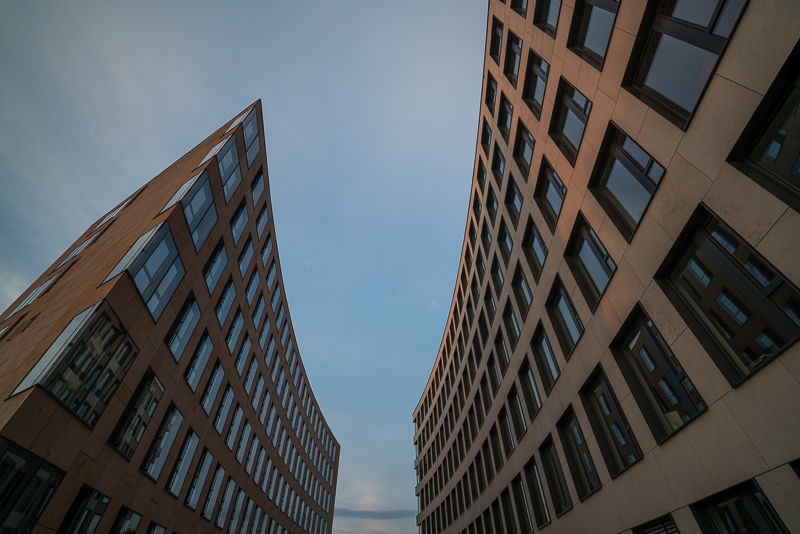
You can check out my article How to: Correcting Color Cast in Lightroom where I explain different methods to fix this.
Sharpness
infinity (42mp Sony A7rII)
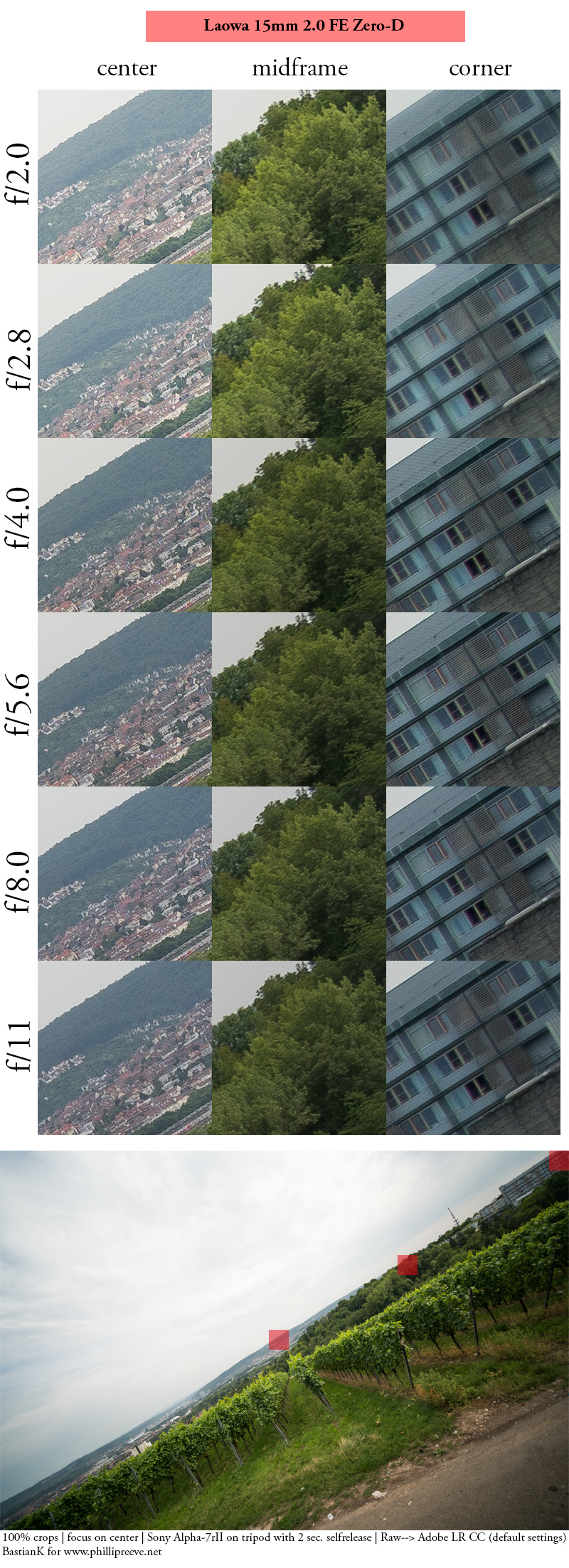
The center always looks great, stopping down to f/2.8 (or further) only slightly increases contrast. The midframe does not lag far behind. The corners are quite decent already wide open, by f/4.0 they look very good and best at f/5.6. The negative effects of diffraction can be seen at f/11 across the whole frame.
Nevertheless, f/2.0 is certainly usable when the amout of light demands to shoot at this aperture.
There is some very slight field curvature at infinity, but this is really marginal and shot-to-shot focus variation is probably higher.
The corner crops have been pushed by 2 EV in post to reveal more details.
close focus (0.15m, 42mp Sony A7rII)
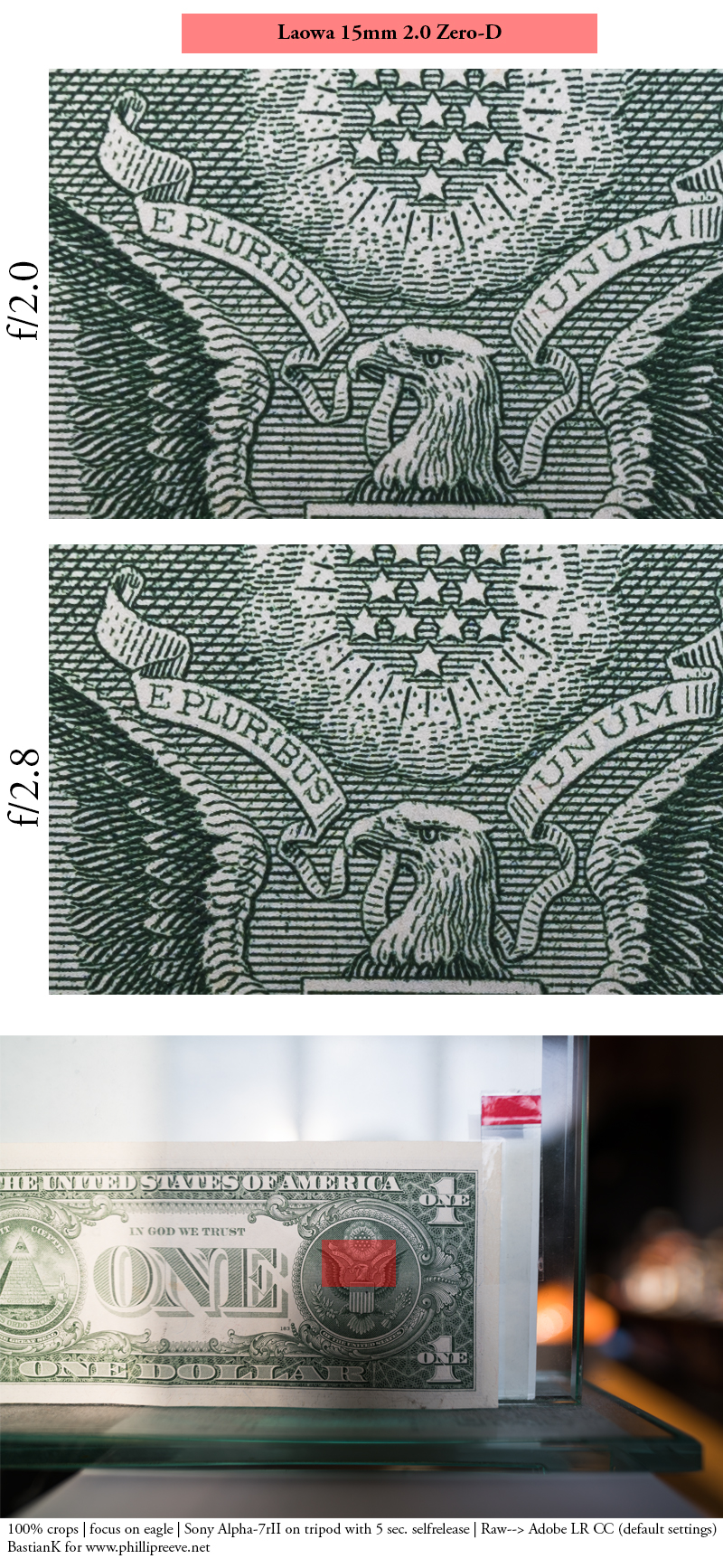
With the minimum focus distance of just 0.15 m you can get really close to your subject and in this case I mean so close you are shading the subject with your lens. In the center the performance is already excellent at f/2.0. Towards the borders the resolution never reaches levels as good, not even on stopping down considerably, as is the cast for most close focusing ultra wideangle lenses.
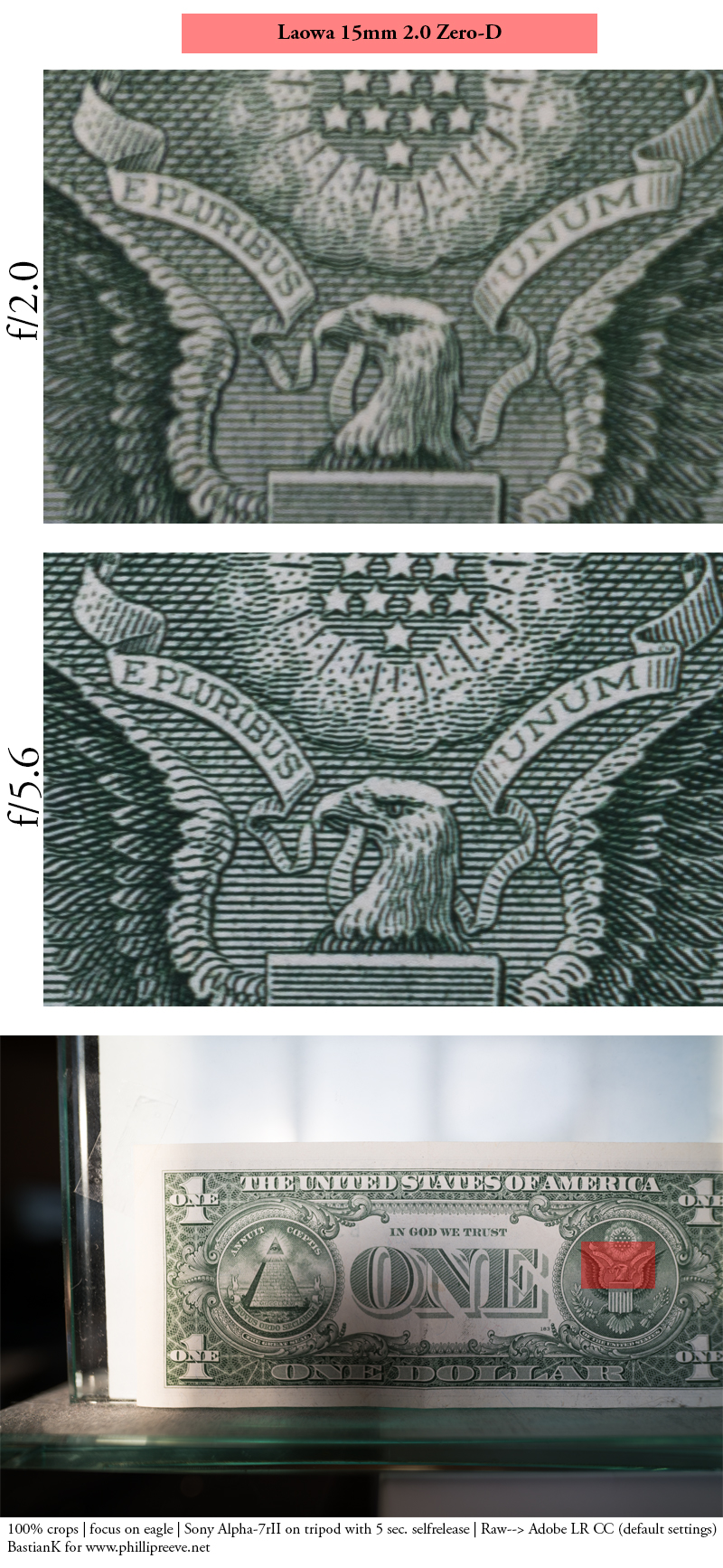
Distortion
Despite the “Zero-D(istortion)” in the name of the lens there is some slight barrel distortion visible even at infinity. Nevertheless, it is still very low for a lens this wide with a retrofocus design and it does not seem to be wavy as well (and therefore easy to correct in post if necessary by dialing in +5 in PS or LR).
Coma
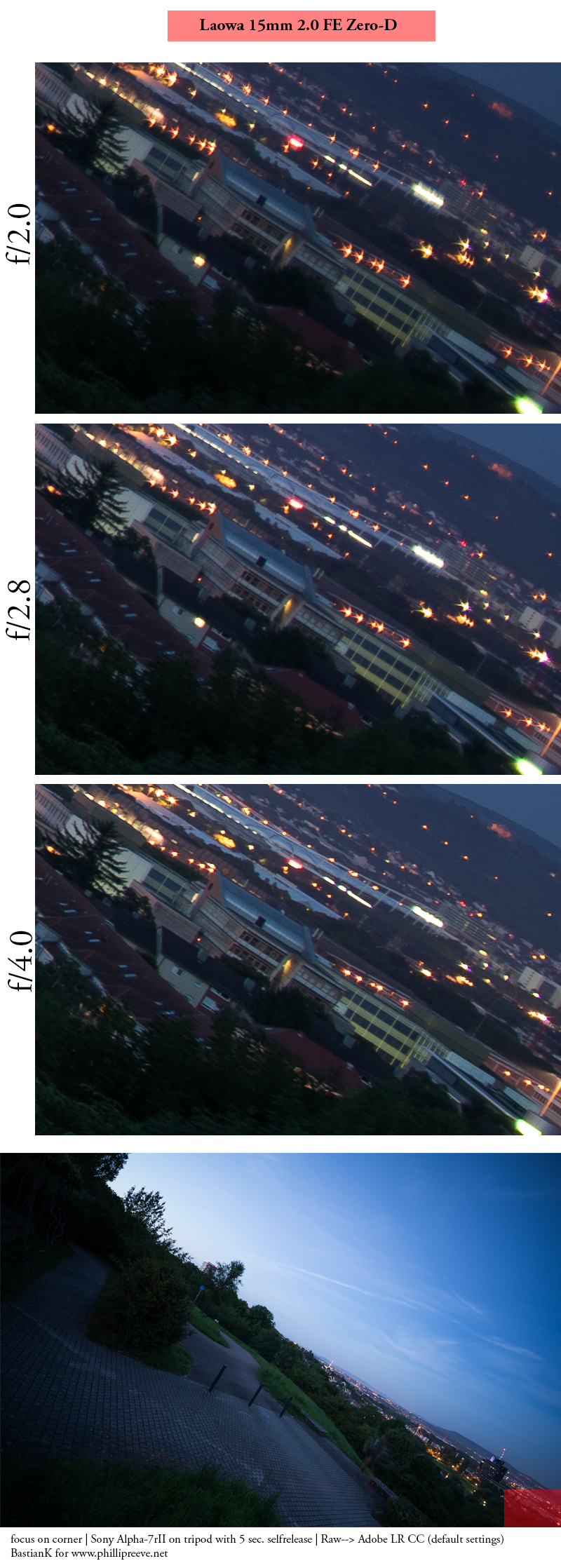
The astrophotographers among you probably hoped for a better performance here. There is slight coma visible wide open which improves a bit on stopping down to f/2.8, and a whole lot on stopping down to f/4.0.
This is not a bad performance; you can see the often recommended Samyang 14mm 2.8 (MF) in a direct comparison here:
The Samyang has a slight edge, but let’s see how they compare when shooting stars in the next section.
Use for Astrophotography
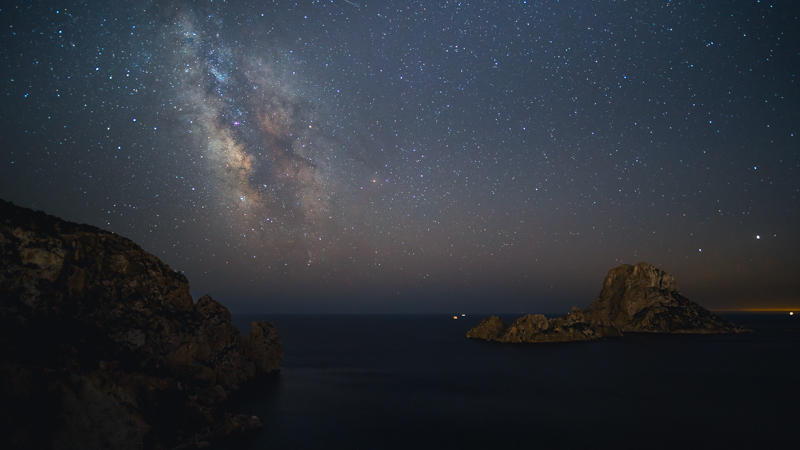
When shooting stars coma often is not as obvious as when shooting cityscapes. So let’s take a look at some stars:
There is a slight improvement on stopping down as we have already seen in the last section.
Now let us compare the Laowa 15mm 2.0 to the Samyang 14mm 2.8 (MF). Keep in mind though the camera position hasn’t changed between shots so we are looking at the Laowa’s extreme corner and an area slightly before that on the Samyang:
The Samyang shows less coma, but you can also notice the Laowa’s shot is visibly brighter. By my calculation the difference is half a stop so I thought it would be fair stopping down the Laowa to f/3.4 to have the same exposure as the Samyang shows at f/2.8 in this area.
The Samyang still has a slight edge but the difference has become quite small now. Still, the Laowa is not the revelation many astrophotographers have hoped for. I will talk about this a bit more in the “Alternatives” section. Don’t get me wrong here, this is not a bad performance, just not as good as many had wished.
I often used this lens to shoot the milky way. As you already know coma correction is not perfect, but if the slight coma in the corners bothers you or not you need to decide for yourself.
A huge benefit of the fast aperture is the abilty to actually see the milky way in the viewfinder, which makes framing at night a lot easier.
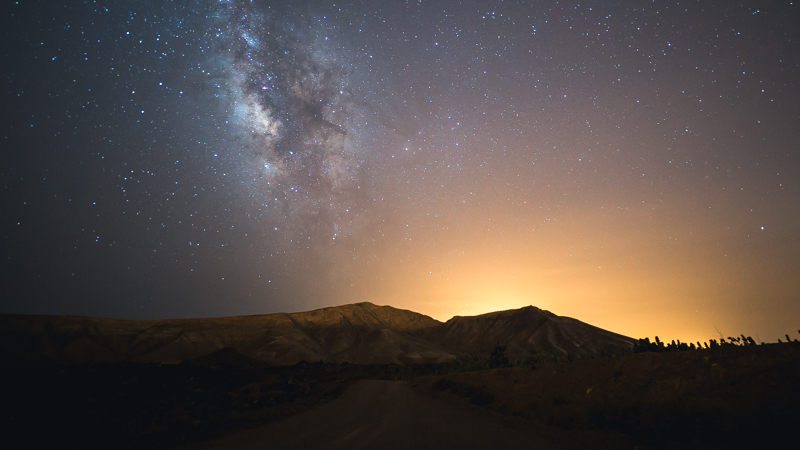
Sunstars

Most of you already know I prefer 10-bladed aperture diaphragms and I really wish this lens would feature one as well. With it’s 7 aperture blades the Laowa produces sunstars which are not so well defined in my opinion, as the rays differ in length. Stopping down further doesn’t really change anything here.
This is a highly subjective topic so you might want to have a look at this article and decide for yourself, what you prefer.
Update: Laowa 15mm 2.0 lenses produced after Dec. 2019 feature 5 straight aperture blades that lead more distinct sunstars.
Flare resistance
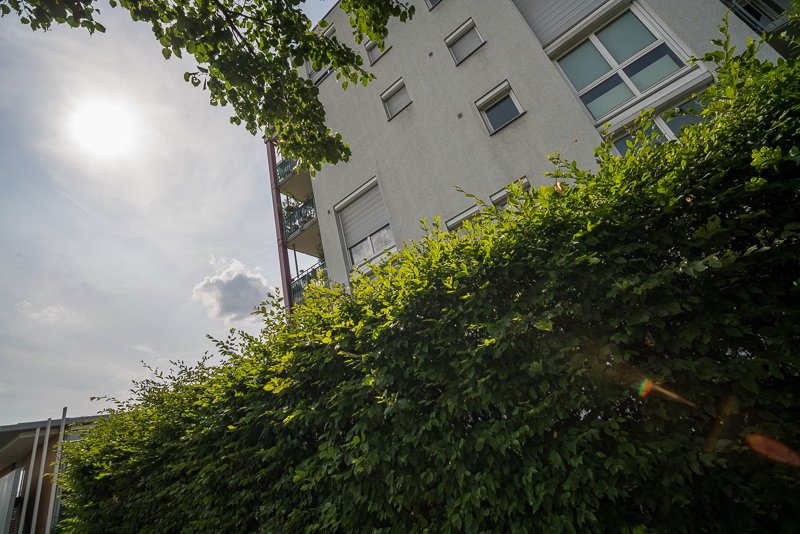
With the sun near the center of the frame there are no problems whatsoever. As with many other lenses I have reviewed the point light source placed near the corner leads to the worst results, which means small rainbow artifacts in the opposite corner.
There is one position though, which will result in a local loss of contrast, but I found even the slightest reframing will solve this.
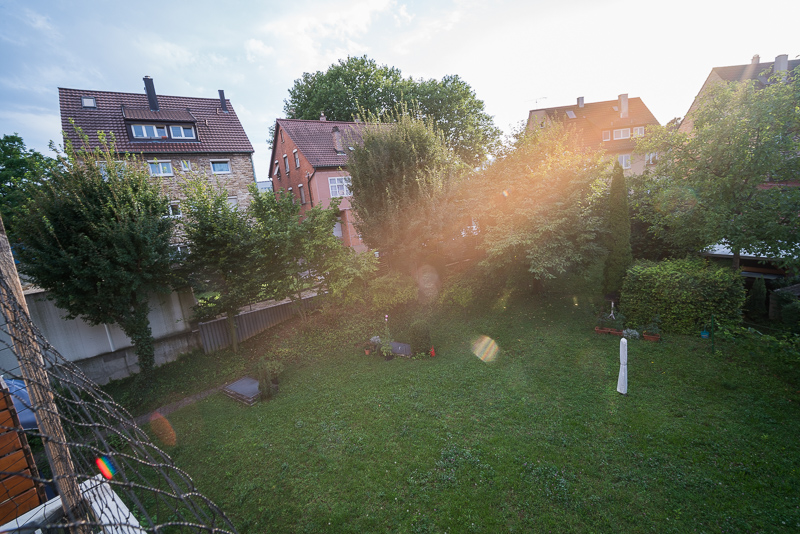
This is still a much better performance than many other ultra wide angle lenses (especially the ones with bulbous front element) can offer. I think the lens behaves similar to the Voigtlander 15mm 4.5 E III in this aspect, which also features a rather small front element.
Update: I found the performance to be a bit worse near the minimum focus distance.
Chromatic aberrations
lateral
There are lateral CA present which can still be quite easily corrected in post.
longitudinal
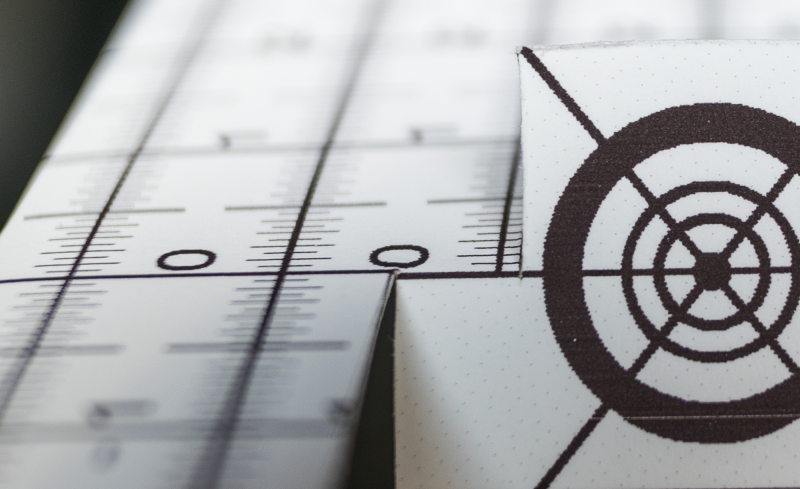
Longitudinal CA (loCA) are nothing to worry about with this lens.
Bokeh
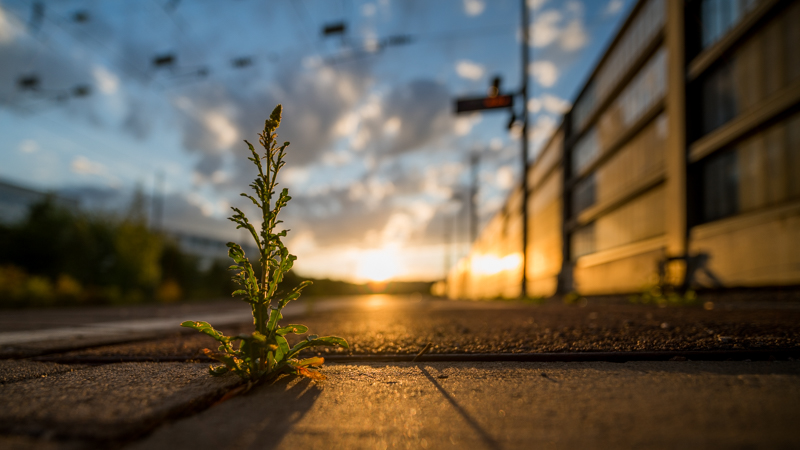
Not a category I usually pay attention to when reviewing ultra wide angle lenses, but with the Laowa 15mm 2.0 the situation is a little different. Because of the great minimum focus distance and the fast aperture of f/2.0 you really have to pay attention to your plane of focus as it can be very thin. The quality of the bokeh is very good, much better than that of any other lens with a comparable focal length I have used so far. Even circles of light in the background are evenly lit (despite the use of aspherical elements, see Zeiss Batis 18mm 2.8 for comparison):
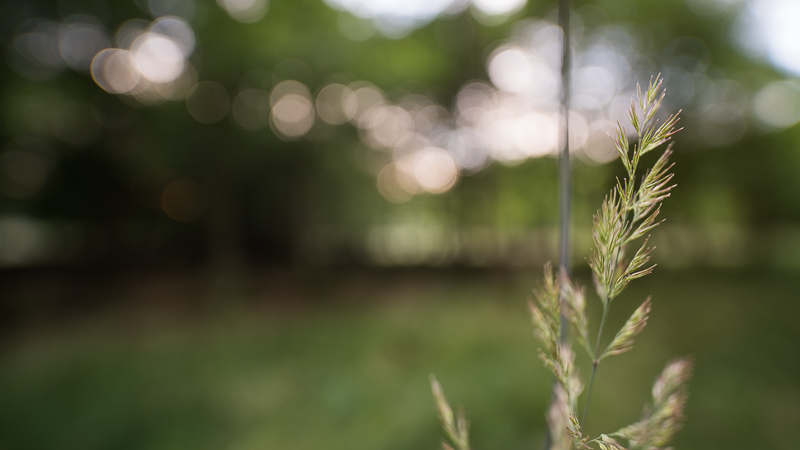
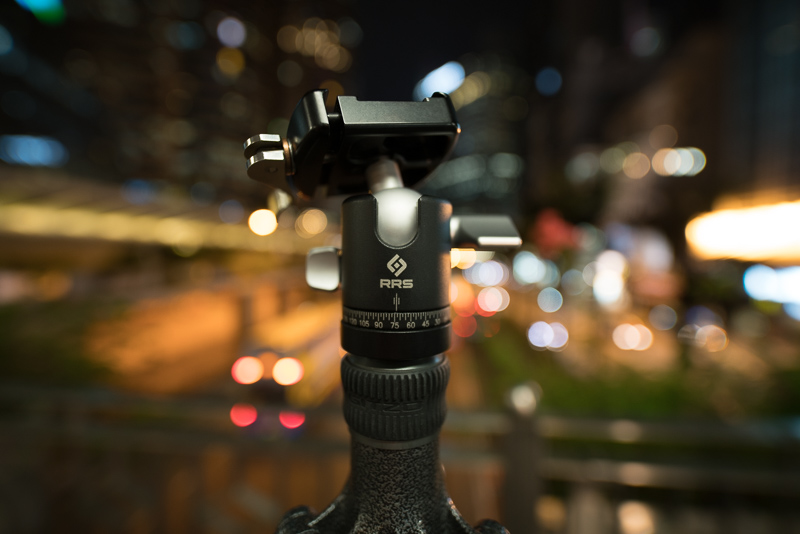
Conclusion
good
|
average
|
not good
|
When putting together the chart above, I noticed there is no weakness that really stands out to me. This was interestingly also the case with the Laowa 12mm 2.8 Zero-D.
I still think the rating of a few aspects is debatable, so let me explain why I rated as I did:
Vignetting is quite pronounced but the Laowa still fares better here than the Samyang 14mm 2.8 (MF) or the Voigtlander 15mm 4.5 III.
The sharpness at closer distances away from the center is nothing to write home about, but this is also the only lens in this segment (apart from the Laowa 15mm 4.0 macro) that lets me focus as close.
Let’s be honest, we are all a bit disappointed by the coma performance. But when thinking about lenses that fare better I end up with a very short list, which so far only contains the Samyang 14mm 2.8 (MF) and maybe the Samyang 14mm 2.4 Premium.
When I first heard about this lens I thought it sounded almost too good to be true. But despite the few shortcomings this is in fact a pretty astonishing lens the guys at Laowa have put together. I also tend to think it is the most versatile ultra wide angle lens I have used so far:
It lets me take crazy close up shots, I can use standard filters on it, build quality is top notch, the size makes it a lens I want to put in my bag and it is one of my main lenses for landscape astrophotography or whenever I need a ultra wide lens in dimly lit environments where I cannot use a tripod.
The lens can be bought directly from the manufacturer’s online shop for 649$. Or for the same price on amazon.com/B&H or for 879€ at amazon.de (affiliate links)
Alternatives
Sony FE 14mm 1.8 GM:
The Sony FE 14mm 1.8 GM was released in 2021 and is pretty much Sony’s answer to this Laowa 15mm 2.0. The Sony lens is similarly compact and slightly lighter but does not offer a filter thread – and it is way more expensive.
buy from amazon.com | amazon.de | B&H | ebay (affiliate links) for $1598
Samyang 14mm 2.8 ED:
Cheaper, worse build quality, a tad better coma correction, worse flare resistance, hilarious distortion, worse vignetting wide open, way bigger and no filter thread. There are quite some quality assurance issues with this lens, I have had six of these lenses mounted to my camera, and four of them were badly decentered (3 of them new from store).
Still a viable low cost option for astrophotograhy.
buy from ebay | buy from amazon | B&H (affiliate links) for $300
Sigma 14mm 1.8 HSM Art:
After the introduction of the Sony FE 14mm 1.8 GM I see little reason to consider this huge lens on a mirrorless camera.
buy from Amazon.com | Amazon.de | B&H (affiliate links) for $1599
Samyang 14mm 2.4 Premium:
I did not yet have the chance to try this one.
Irix 15mm 2.4:
At first I was very much intrigued by this lens, but it turned out to be so big, and flare resistance looks so bad, that I lost interest.
More alternatives are covered in our Guide to UWA lenses for Sony E-mount cameras.
Sample images
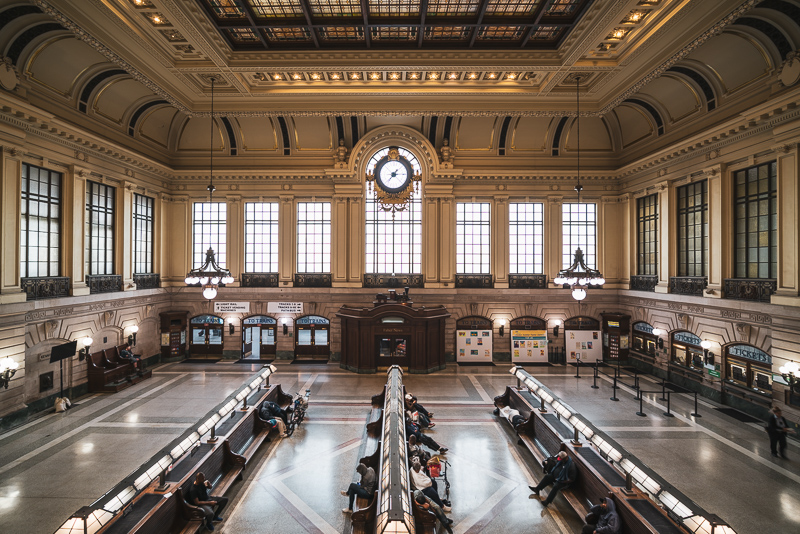
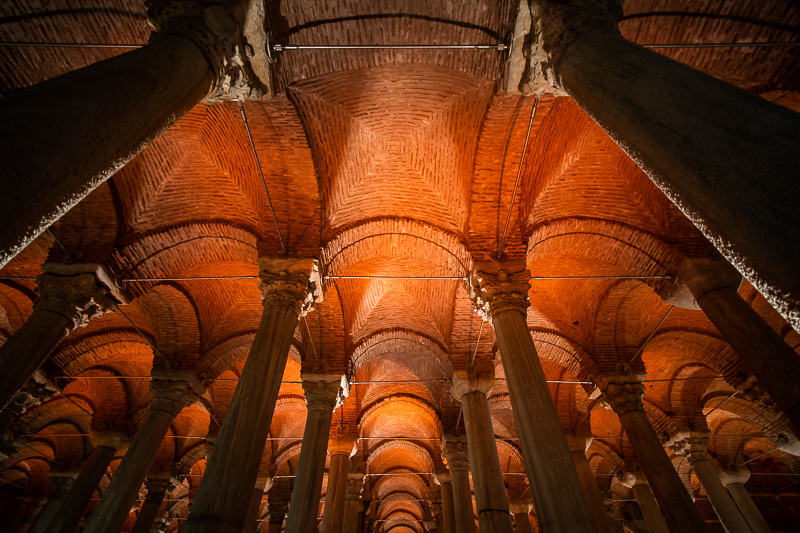
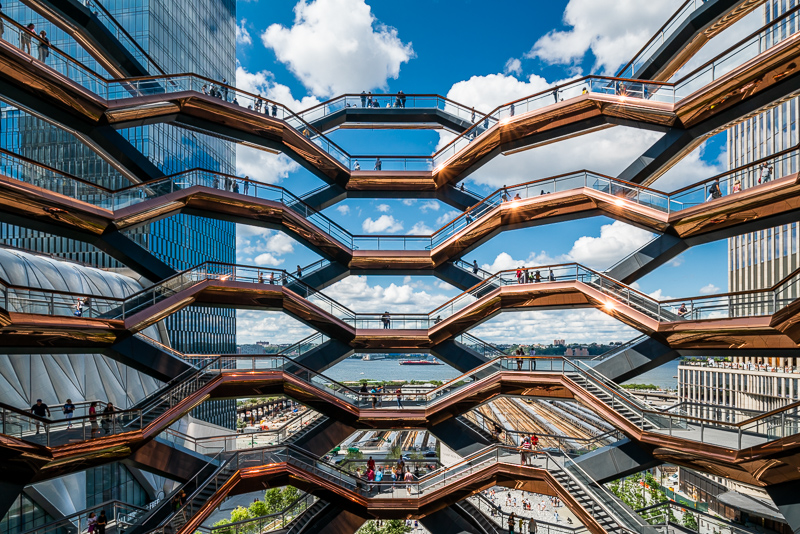
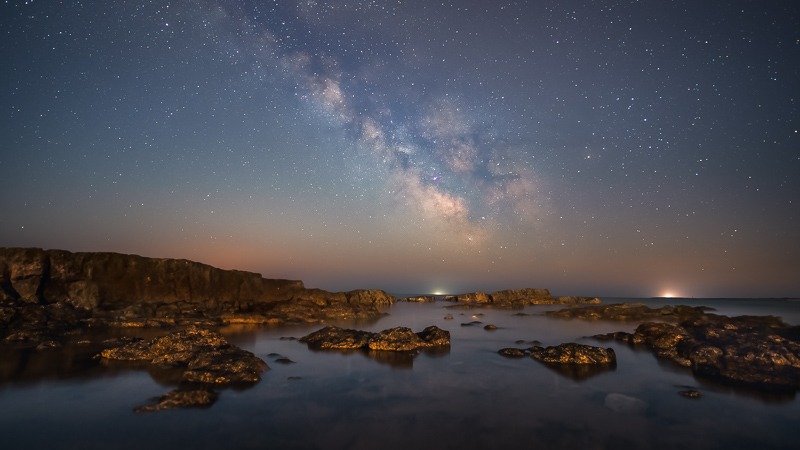
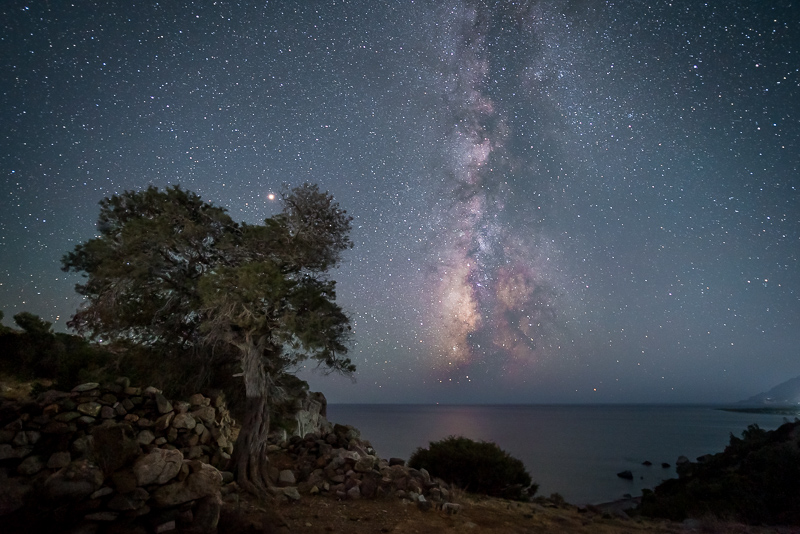
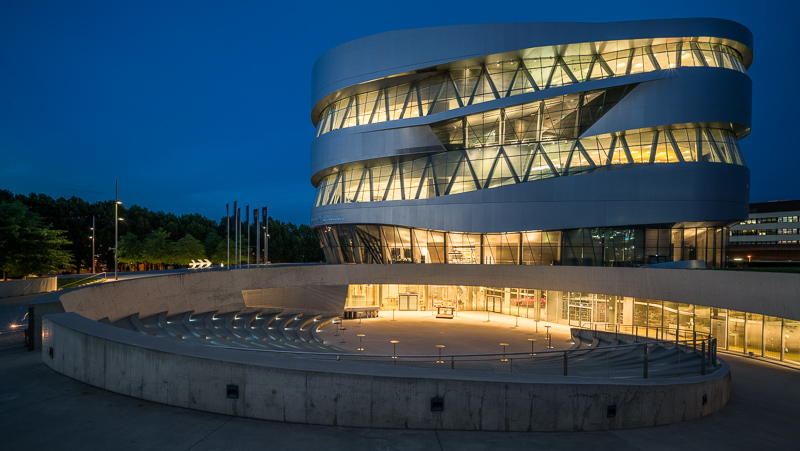
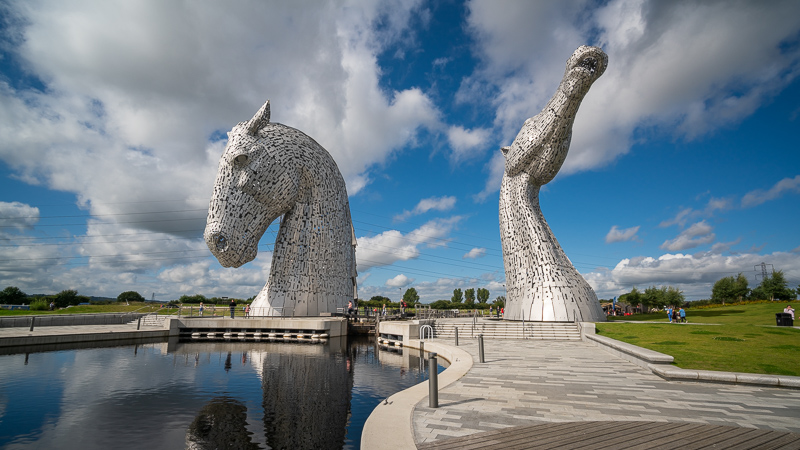
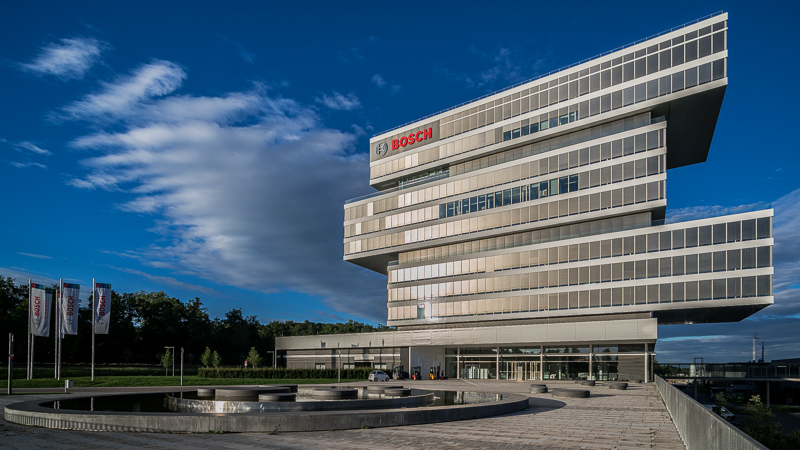
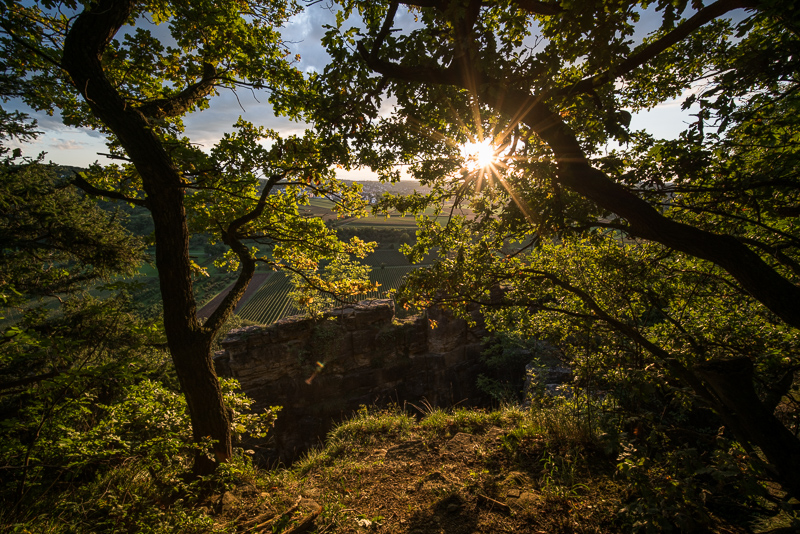
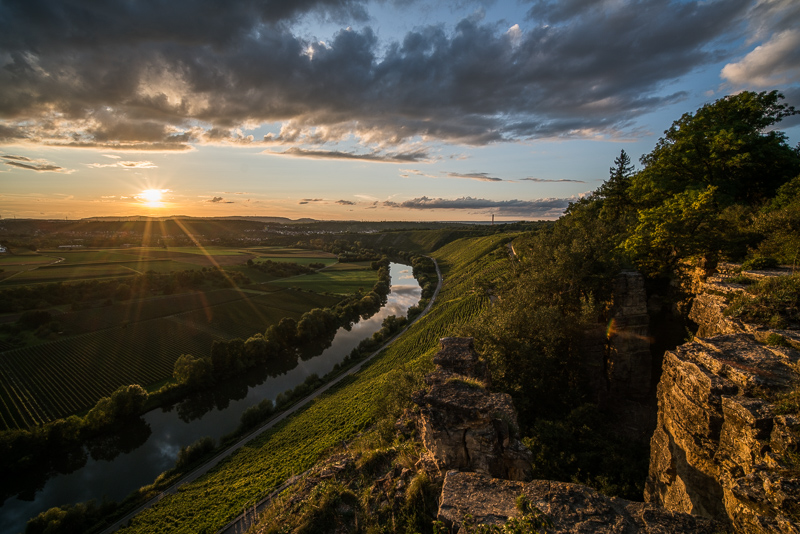
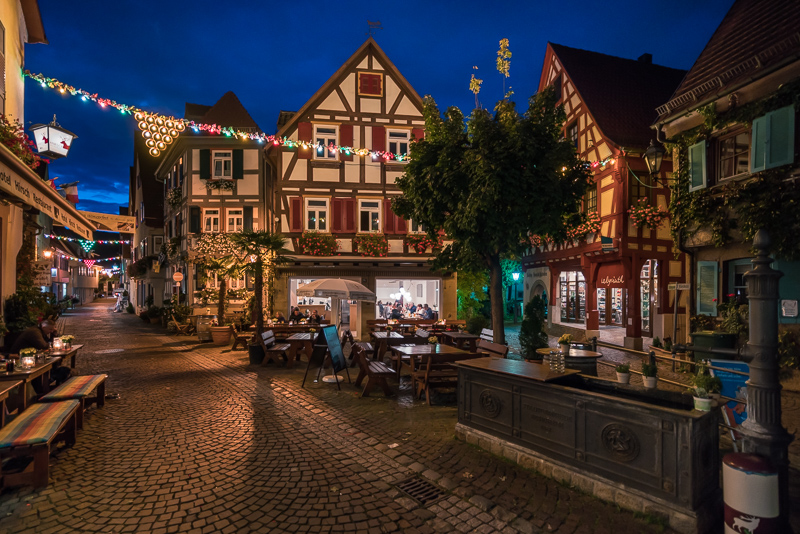
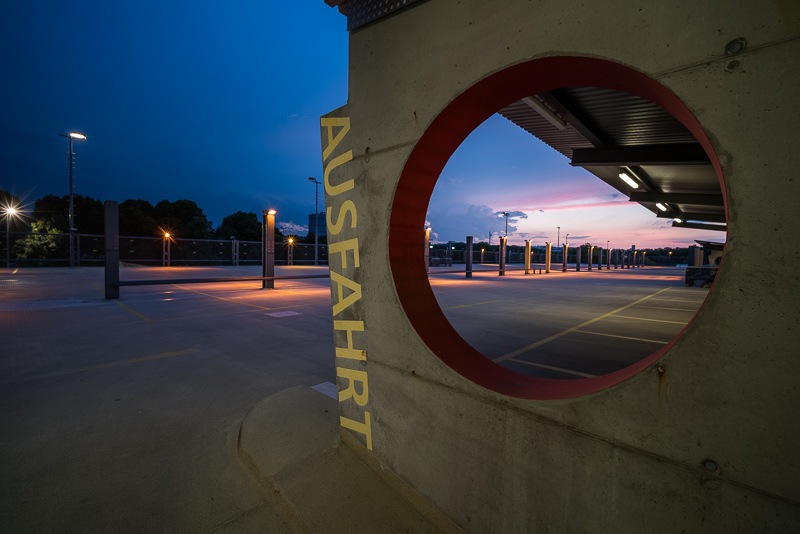
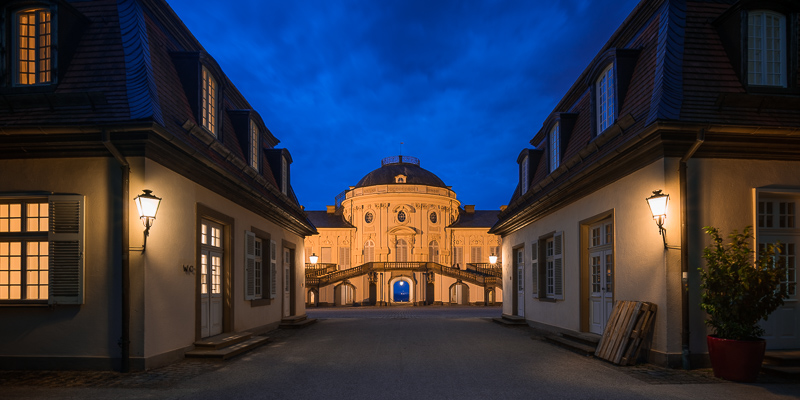
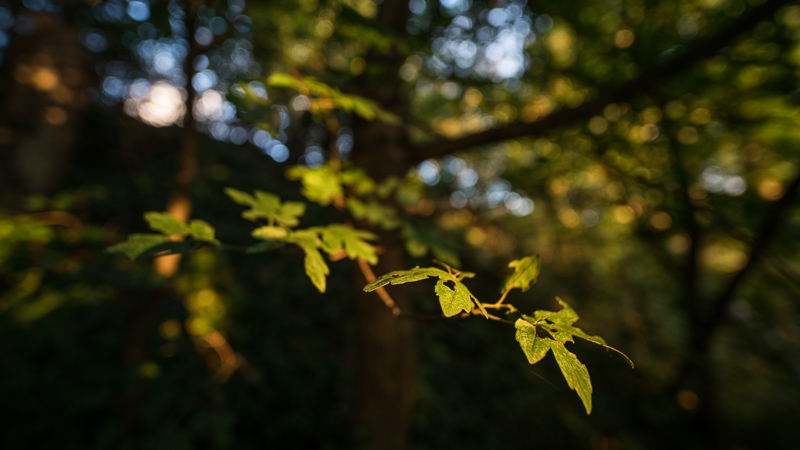
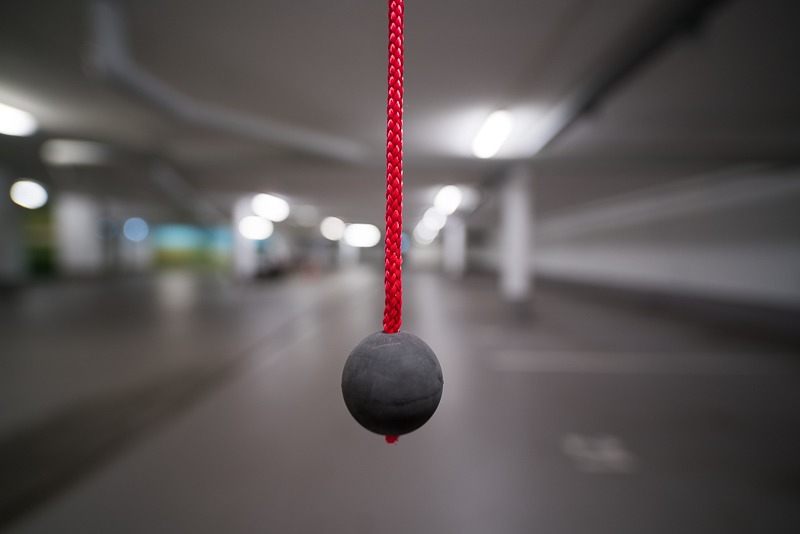
You can find most of the shots in this review in full resolution here.
Further Reading
Support Us
Did you find this article useful or just liked reading it? Treat us to a coffee!
![]()
![]()
![]() via Paypal
via Paypal
This site contains affiliate links. If you make a purchase using any of the links marked as affiliate links, I may receive a small commission at no additional cost to you. This helps support the creation of future content.
Latest posts by BastianK (see all)
- Review: SLRmagic 50mm 0.95 Hyperprime LM - July 5, 2025
- Full Resolution Pictures getting fixed - July 4, 2025
- Analogue Adventures Part 42: A wedding with Eastman Double-X 200 - July 2, 2025
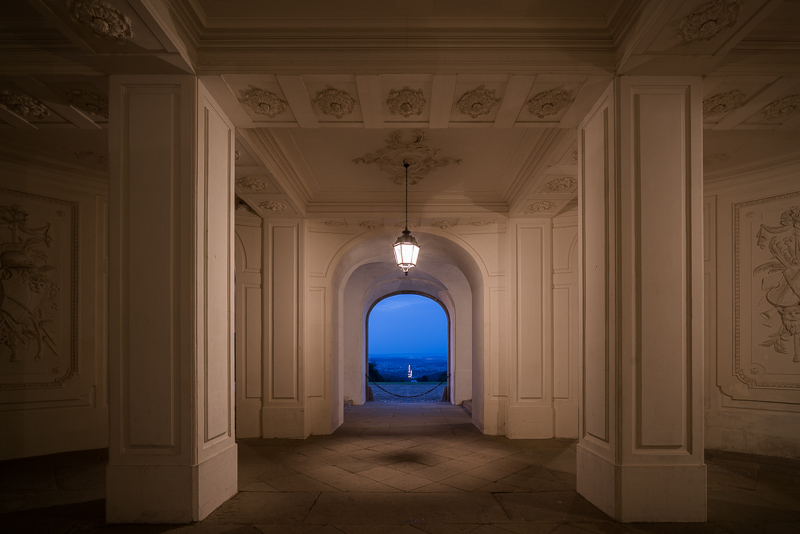
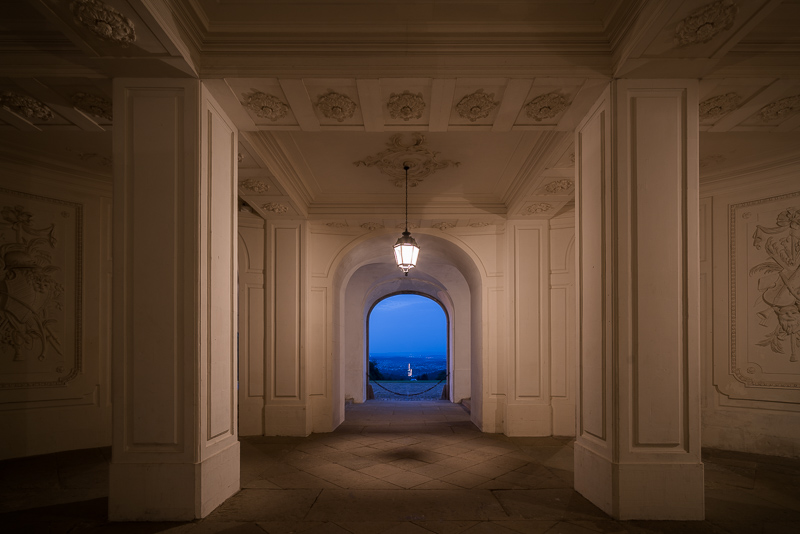
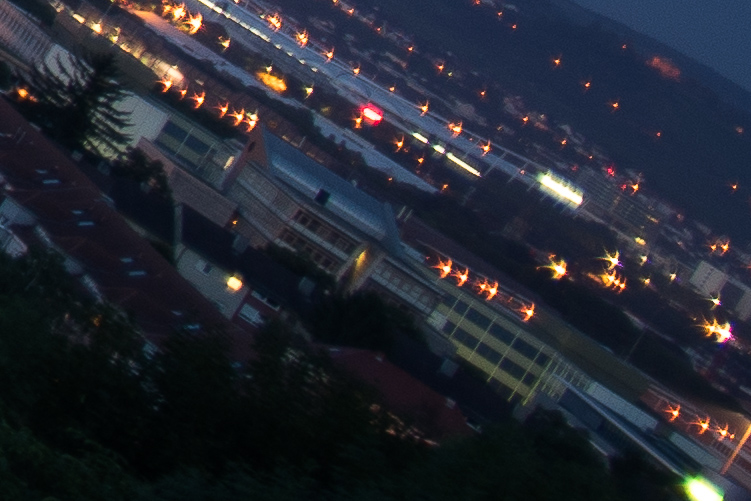
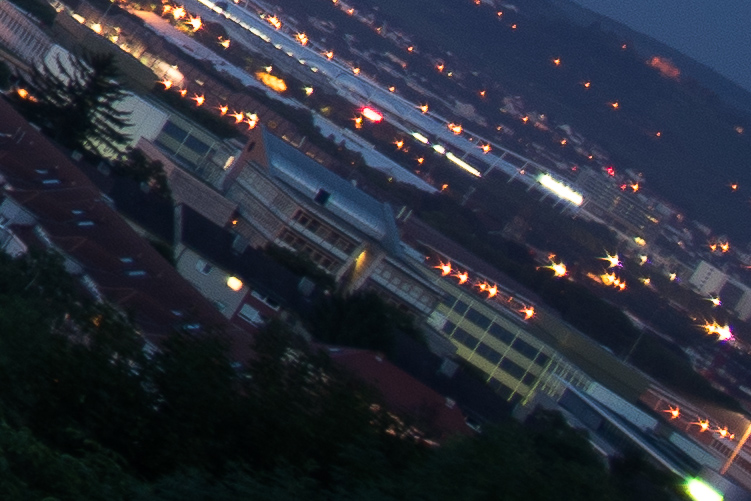



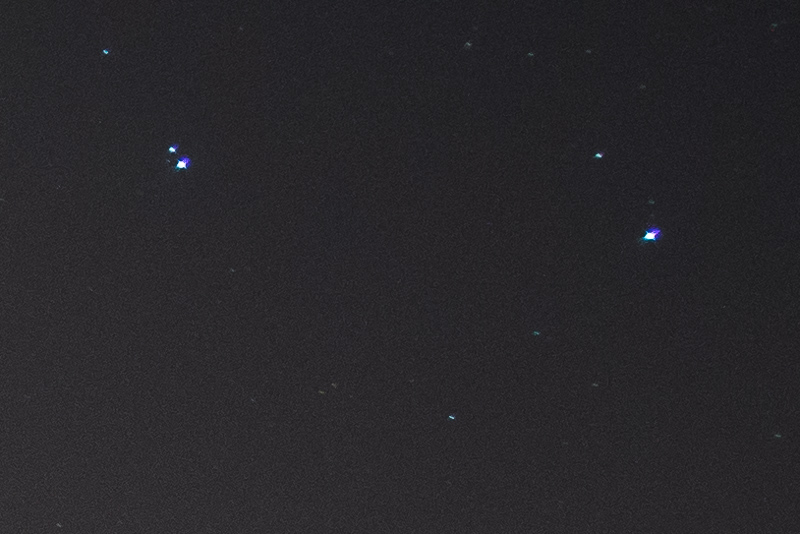
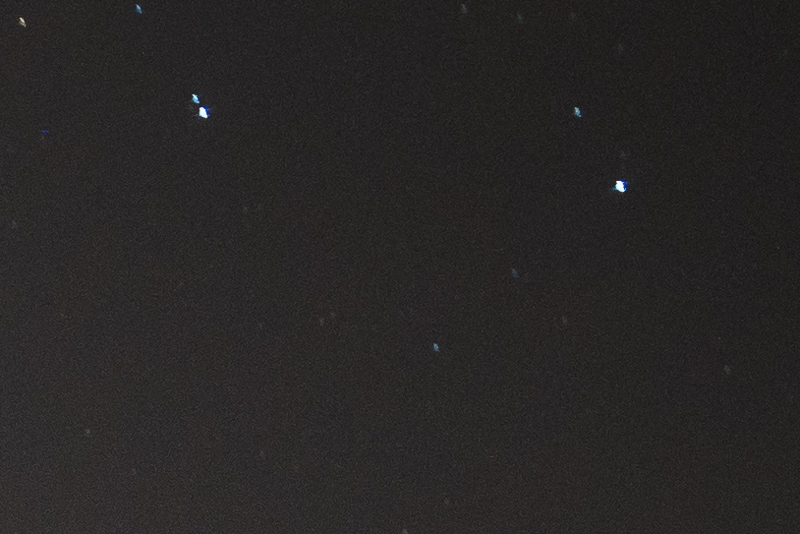


Congratulations on finally getting this sample!
I have experienced two prototypes, both visibly de-centered on my a7r2 body. Yours seem fine from the sample pictures.
It’s a lens from my country which we have very high expectations, but of course I’m looking forward that we can reveal as many shortcomings as possible during the pre-production tests. I’m going to test some night sky shots as soon as weather clears up. Wish you have fun with it!
Hey there,
I think I unfortunately have to dissapoint you: this sample also shows a slight decentering on my A7rII.
The chapters covering this will be added today.
Sorry to hear that. It’s too bad for a fast ultra-wide which might be otherwise stellar.
Please do join me in urging Laowa to improve quality control in the test feedbacks. I really hope they can do better in the later mass production.
Having had the laowa for the last 2 years, I just picked up the Sony 14 f1.8 at a good price second hand and put the two lenses through their paces side by side under the star lit sky. I have to say I’ve always enjoyed the laowa, and a big selling point for me was the ability to use my square 100mm filters with a standard filter adaptor. But on reflection I’ve very very rarely used the lens with filters. I’ve once used a graduated ND to tone down some being horizon lights, but otherwise my go to landscape Len’s has been a 16-35, and the 24 1.4. So I’ve pretty much exclusively used it for milkyway shots. And I have to say I’ve never been disappointed, though equally I’m no expert in this field – nor am I often in cleared sky locations away from light pollution places suitable to get a lot of practice.
But now having something to compare it with side by side, it’s clear which is the winner. In the corners the coma is noticeably worse on the laowa, albeit with the caveat that I’d never noticed or been concerned by it prior. It also handles flare slightly less well. And finally, wide open, even at 2.8 and partly f4, there’s noticeable vignette, whereas the Sony has none. The only place you could argue the laowa excels is the firm and precise manual focus, versus the Sony’s focus by wire electronic system. But I do feel I’ll get far more use from the Sony for everyday shooting in scenarios that I simply haven’t taken the laowa with me due to the manual focus.
I have severe doubts that the Sony 14mm 1.8 has zero vignetting.
May you have the automatic correction in camera activated?
PS: I didn’t measure the vignetting of the 14mm 1.8 GM myself yet, but Lenstip did and with the same method for the 15mm 2.0 as well:
14mm 1.8G: f/1.8 = -3.0 EV, f/2.0 = -2.65 EV, f/2.8 = -1.7 EV, f/8.0 = -1.63
15mm 2.0: f/2.0 = -3.1 EV, f/2.8 = -2.65 EV, f/8.0 = -1.63
So 14mm 1.8 GM is doing 0.5 EV better at f/2.0 almost 1 EV at f/2.8 and stopped down they are same.
The image of the black rubber ball on the red cord makes me want this lens. Stunning!
Hi Bastian, thanks for your great lens testing work.
With a look on the sample photos your preliminary evaluation summary feels too positive for me.
E.g. vignetting is very strong and to my opinion a clear obstacle of the lens and limiting its value. E.g. in available light photography. That is not average but not good/bad.
As well coma in astro application is not convincing me and for my feeling not good. I have 30 years old primes that show less coma. But if you would take a modern Batis or a Firin as benchmark, I feel that the D-Dreamer is far behind.
From what I have seen so far I assume that the relatively cheap IRIX 2.4/15 has less coma image defects. So far I could not find a direct comparison of both newcomers. Do we have a price tag for the Laowa? Thanks!
Have a look at the competition’s vignetting: The Samyang 2.8/14 seems to be close to 5 stops, the 2.4 SP version above 4 stops. The Sigma 1.8/14 is above 3 stops. The Irix 2.4/15 is close to 5 stops. 2.9 stops are a lot but better than average for a 15mm.
As mentioned in the review the price in the US will be $849, we don’t know the price in € yet.
Hi Phillip. I think the vignetting of Sigma 14/1.8 is around 2-2.3 EV. Bulbous lenses have some advantages in this aspect.
My numbers come from The Digital Picture.
Thanks Phillip. I checked their vignetting data and did think they might slightly overestimate them, comparing to other reviews including Photozone and Lenstip.
Why do you think so?
Please show me that 30 years old 15mm lens with less coma at a comparable aperture value.
Bastian: Of course there are no no bright and brilliant 15mm lens of this age. I refer to less extreme Distagons with really low coma. Extraordinary good modern astro-performers Batis or Firin are longer, too.
Philip: where do you have 5 stops vignetting for the Irix from. I cannot believe this value. Seidel and others recommend this lens for astro use and I have seen decent images. With 5 (FIVE) stops vignetting it would be useless in this application. The vignetting value I remember (?) is around three stops. That would be quiete a lot, too.
Thanks for the price indication. Could be a bit below 1k Euros in Germany then. That is not cheap. For what I have seen and red so far, I feel relative to the price indication, ratings are too positive. Personally I would not spend that much money for a lens with obvious weak points.
Maybe i am bit critical. Let’s wait for further findings and Bastian’s final evaluation.
Edward: Loxias straight apperture blades force sun stars. In astro application sun star appearance can be much disturbing. Generaly I see sun star tuned lenses critical, Imho the image look is oftenly too far away from natural. Now that I own a Loxia, I feel quite disturbed from sun star image defects.
As before I already answered that question.
Difficult times and expectations. Looking for an ultra-wide “Astro-lens”. Until now using most of the time the SY 14mm f2.8 or the Loxia 21mmf2.8. The SY 24mm f1.4 is nice as well wide open.
See: https://vimeo.com/209420902
SY 14mm, nice lenses but “only” f2.8. Plus the need to put extra lenses in the already heavy photo-bag.
Have the Sony 16-35 F4.0 and 10mm Voigt, very happy with these lenses. Must say that I’m using the Voigt with the bombo adapter and this combo doesn’t produce to much problems.
Thinking about the Sony f2.8 16-35mm against my f4, seems promising, combining landscape and Astro, any test foreseen for this lens in the future ?
But f2.0 or less is very nice for Astro, the Sigma 14mm seems quit good when looking for a decent super-wide for Astro purposes.
But heavy in weight and price, but the Laowa seems to produce nice results as well….for about half price and weight and offers the possibility to instal filters.
Or wait for a Loxia 12 or 14mm f2.8, could be the next in line ?
You should really try the Samyang 14/2.4 Premium. It has gone under the radar but I think you might find it the best in this focal length.
yes, in addition to better direct optical performance, the Samyang is chipped. That means in cam Raw correction of CA in the IlCE will be feasible. As well distortion and vignetting depending on the mode setting. The Laowa here does not contain any electronics. It is a pure mechanical retro-like lens at the price of a modern mechatronics lens.
Despite the electronic contacts on the Samyang 14mm 2.4 you won’t get the
benefits from native FE lenses like automatical distortion and vignetting correction
and the automatical choice of the correct lens profile in Lightroom.
The only difference will be the Exif data which might not even be correct
with the Samyang lens (Canon cameras display 2.5 instead of 2.4 as I have read here).
So in these cases I don’t see any benefit of using the Samyang over the Laowa, except for the Exif data.
Do you have a side by side comparison of Coma between these two lenses?
I don’t, so I can’t tell you which one is better and to what degree. If you do: please share.
I am a bit surprised about your latest statements, I would wonder, if your theories around Samyang handicaps are fully correct.
Other E-Mount licenced and chipped lenses – Tokina Firin for example – are fully supported by Sony camera bodies.
Lenses have the an ability to encode and transmit aperture, distance and optical data to the camera body. This is making this lenses fully suitable in terms of using MF assist function, 5 axis image stabilization and view finder electronic distance scale. Lens CPU provides optical correction data for contributing to final image processing inside the camera.
It would be a negative surprise, if Samyangs modern E-Mounts would be just basic performers in colaboration with Sony ILCEs. Where do you have this information from that camera-interaction of latest Samyang mechatroncis E-Mount lenses is handicaped and limited to EXIF hand-over?
Why do you believe, that LR does not provide automatic correction for the Samyang 24/f2.4 as for other E-Mount lenses. Is there a qualified source for that?
Imho and knowledge there is much more advantage from mechatronics E-Mount lenses over pure mechanical lens concepts than stated in this review.
There is no native E-mount Samyang 14mm f/2.4, it is only available in Canon EF and Nikon F mount.
You probably mixed that up with the Samyang AF 14mm f/2.8 which I didn’t yet use as well (partly because I didn’t hear too great things about it, it has no filter thread, I don’t want AF in an UWA lens etc.).
The Samyang 2.4/14 E-Mount is announced. I do not mix lenses.
There is no word on that anywhere on the manufacturer’s homepage.
If it is someday available for E-mount we can talk about what its electronic contacts are good for.
Until then I will keep on discussing lenses that actually do exist.
There is very solid evidence that you do.
https://www.sonyrumors.co/samyang-announced-premium-mf-14mm-f2-4-lens-for-sony-e-mount-cameras/
As long as it is not available es pre-sales sample, one can take the EF-version as benchmark. It should not have poor corner sharpness and significantly less coma defects as the Laowa here. I wonder, that in your summary poor corner sharpness is not mentioned. As well as missing electronics is a real drawback for 2017 released lens. It is not just “missing EXIFx”.
Having no electronics in this lens means: there is no camera interaction as needed for in-body stabilization, distance metering, automatic modes or Raw editor feeding in post capturing images made with this lens.
Considering optical and interaction limitations price level could be mentioned under cons, too,
Just my opion. Presently I cannot imagine to by a Laowa for the mentioned reasons and I see your summary here as quite positive.
That site’s source is the press release Bastian just linked to. Which doesn’t mention an E-mount version. The fact that you can still only buy it in F- or EF-mount 10 months later should be is even more evidence that you are wrong.
Weren’t waiting for the Laowa E-Mount not even longer than a year? But maybe the E-Mount version Samyang indeed will not come as announced from Sony circles as you state. Could be that you are right.
The Laowa will not directly benefit from that. This lens is old-style “naked” opto-mechanical device without camera interaction and lens comensation. It cannot even transmit Exifs for the image meta data for later processing. The optical performance does not compensate for this obstacles. There are weaknesses, too and the lens feels quite overprized.
For IRIS UWW mechatronical lenses, meanwhile a specific E-Mount smart adapter was introduced. Samyang with the full electronics know-how could easily follow this example, if they see need.
Much better would be of course, a lighter e-mount tuned premium ultra wide prime model. Samyang, Sony, Tokina, Zeiss, maybe Sigma, will hopfully introduce such a lens utilizing their state-of-the-art technologies including electronics.
“Samyang with the full electronics know-how could easily follow this example, if they see need.” You know about the Samyang FE AF 2.8/14? I think that lenses performance is good proof of how wrong you are with your statement.
I would never choose that one over the Laowa because in the end results count and not having exifs is a small nausience but in the end it just costs a few seconds here and there with no influence on the results.
Btw: I see little sense in continuing this discussion only to repeat asking for better evidence and not getting any. You are free to voice your opinion here but unless it is backed by solid evidence do not expect a reply in the future.
Indeed there is no further interest of continueing reading and discussing here.
There is too strong pushing and defending of brands and products away from state-of-the-art performance including weighted rating.
Of course certain ratings are subjective, no denying that.
This is discussed in detail in the conclusion, which I actually doubt you have read yet.
There is a concept in the rating of good (= better than average lens in this segment) average and not good (= worse than average in this segment).
And having used and owned many lenses in that segment myself has of course a strong influence on these ratings.
Even better are direct comparisons which demand lots of time and effort but nevertheless I try to include them if I think they offer meaningful insight (like the Coma comparison to the Samyag 14mm 2.8 DSLR/MF).
Still, if one or two lenses are (or might be) better in one segment (let’s take “Coma” as an example) doesn’t necessarily mean the lens we are looking at is worse than the average lens.
So if you put strong weight on electronic contacts for automatical zooming in, internal corrections AND coma performance and you don’t care about the other benefits over the competition this might indeed not be the ideal lens for you (seems you got that out of the review, which might be the point of it).
I still wish you luck finding a lens that meets your demands, as I don’t know of any that exists and ticks all these boxes you are looking for.
Kudos for your gentlemanly handling of this contentious viewer, Phil and Bastian. I might agree with him on a point or two but wouldn’t discount your excellent efforts to portray this lens in an honest light. Knowledgeable shooters will understand the context of a features vs. performance comparison and make the proper conclusions needed to ultimately ‘understand’ each lens you review.
I also take any evaluation of what is presented here as a personal opportunity to learn what to look for and judge in my equipment choices and image results without countering every word written in a review. Neither fair or constructive. Your lens testing articles are a smart idea we should all take more time to assess what we are using. A simple lens test at the time of purchase saves a lot of headaches before an important shooting session. (Might be scary to imagine what we will find as flaws in our favorite glass!)
Remaining neutral with comments based on factual results will always preserve your credibility more highly than any opinion that could skew our perception. I appreciate the measurements you use to determine the level of performance vs. any characteristics or flaws that must be endured in any lens.
Please continue providing us with these valuable user-level reviews to aid our consideration of the many lenses available, and certainly not available to us all. Best wishes!
Thanks 🙂
I agree with everything bstrom stated. Thank you Bastian and Phillip for these super helpful reviews. I believe from everything I’ve read here that this Laowa lens, despite some of its drawbacks, offers a strong consideration for anyone seeking a good performing and great value wide angle prime lens.
Thx Bastian for this well considered review. I do echo the lack of QA in the industry and really look forward to reading your guide in testing lens decentering at the shops efficiently.
Hi Bastian,
did you already get any feedback regarding the decreasing sharpness in one quadrant in the midframe?
Thomas
p.s.: BTW, thanks for the great review 😉
I talked to some other testers and so far this one seems to be the only one showing these issues. I did not yet send my review sample back to the manufacturer though, so they did not yet get a chance to fully analyze it.
thank you very much for your time and effort, you’re one of the best, the master of Sony users.
thanks again and keep it up.
could you do a review or tutorial how you post processing your image crisp n simple?
Thank you for your feedback!
For two shots I have already discussed my processing in our “Making of” series, maybe these are of help?
This is really a great review. And those sunstars don’t look that bad. If Canon or Nikon released this lens, it would cost $2000. Thanks for the review.
Check out Nikon 15mm f/3.5 AI-S lens 😉
0 distortion, excellent sharpness, beautiful design and close focus too.
Suitable for DX, APS-C and MFT I am reading – not quite enough there to cover FF….and pricey! $1000 used on eBay.
Hi Bastian,
If you order this lens in Europe, do you have to pay for some additional costs like custom duties?
Thanks for the review.
Yes, I already contacted a buyer to give you the exact final price but I am still waiting for the response!
I just got an answer: in total the lens cost 736€ when shipped to Germany including taxes.
Hi Bastian,
where did he buy it for 736€? The lowest price I can find is 815€ on ebay.
Thank you in advance!
I am pretty sure this was during the Kickstarter campaign.
Hi,
Do you already have written the way how to test for centration easily?
Would be really interesting for me…
Thanks for your good test.
I am struggling to buy batis 18 or this one. I know it is really a huge difference in angle. But I don’t want to buy both. Any suggestions? 🙂
That article is not ready yet, sorry!
I definetly prefer the Laowa, but what is better for you of course depends and what you want to do with the lens.
http://blog.kasson.com/the-last-word/simple-decentering-test/
For your concern of dencentering problem.
For your buying advise? As an owner of Laowa15f2, I can say although B18 may be optically better(from what ive read online), the crazy magnification and the extra stop light of Laowa15f2 have to mean something, right?
Plus the Laowa is cheaper 🙂
Hello Bastian,
First thank you so much for this — and many other —excellent reviews. I just purchased this terrific lens not in a small part because of your review, and I am getting to know it.
In my online research besides following this site, I also look at “The Last Word” by Jim Kasson. He posted a very simple decentered lens test here: http://blog.kasson.com/the-last-word/simple-decentering-test/
As well as a a few more scientific tests. Perhaps this helps some of your readers out until you publish your article. From this test my lens looks centered.
EXIF: No exif definitely is a negative for this lens but I was thinking it would be helpful to have the lens profile available in LR or Capture One so that one can manually select the it and correct some of the issues. They have many profiles but as far as I can tell not the Laowa. Perhaps Laowa can contact Adobe and Capture One to have them add the profiles.
And thank you and the entire crew for your passion and good work.
Lia
Bastian, thanks for the very excellent review. I have the Sony a7ii and was wondering if your findings would be the same on my camera.
Yes, would be the same!
Jannik also briefly tested the lens on his A7II.
Thank you for the quick reply Bastian. Is there a written review by Jannik?
No, there would be no point in doing so as everything is covered in my review.
Hi Bastian
Thank you for the (as always) detailed and well explained review. I am leaving soon for a longer trip to Australia and still debating about the equipment. I am a proud owner of a Canon 5d II as well as Sony 7II. I planned to carry the Sony and my Loxia 35mm as I am focused on street photography and pictures at night. Therefore, I was considering to purchase the 18mm Batis or Loxia. Now, after reading the review I am wondering what would you suggest. Especially with the idea to take pictures at some point of the milky way / northern lights. Also I was thinking taking my Canon 100-400mm L Series with the Sigma MC11. Last but not least debating to purchase the Batis 85mm or 135mm for Portraits. Which one would you recommend as I actually prefer primes? Hope my two questions make sense 🙂
Cheers!
I have done Milky way shooting with the 2/15 Laowa, the 2.8/18 Batis and the 2.8/21 Loxia.
The 2/15 is the most straight forwarded and the one which gives the best single shot results.
With the others I would rather recommend taking panoramic shots.
For northern lights the 2/15 is my definitive recommendation, you really need the speed here.
I can’t say anything useful about the 100-400 on the MC-11 as I haven’t used that combination.
Same goes for Batis 85 and 135. From what I have seen they are both fine lenses, personally I prefer 135mm over 85mm for portraiture in general.
Thanks for your reply and the link! Sending warm regards to Lubu town 🙂
“I have done Milky way shooting with the 2/15 Laowa, the 2.8/18 Batis and the 2.8/21 Loxia.”
I think I read here, or perhaps somewhere else, 21 loxia is the reference wide angle lens for sony e.
If you could only have one of these lenses, would it by loxia?
21 and 15 are such different focal lengths, you can’t make a useful comparison here.
Use : simultaneous “architecture and astrophoto” with printing it on A3+ format in 300dpi (or more).
“Batis 18mm f/2.8” or “Lowa 15mm f/2.0” or “Lowa 12mm f/2.8” ?
It will be great if you could suggest one, or if you publish a comparison review between these three. 🙂
Thanks a lot.
I can’t tell you if you should buy a 12mm or an 18mm lens as much as I can’t tell you if you should buy a 24-70 or a 70-200 because they are equally different lenses.
You won’t have issues printing big with any of the 3 lenses you mentioned.
Well … What about “coma” (comparison) on these three ?
Batis 18 is best, but it is also the longest and slowest, so you could crop the others to the same framing (or stop down the 15) and would probably end up with the same end result.
My choice for single shot milky way shooting is the 2/15 if that helps.
thanks a lot.
Still can’t decide between this and the Zeiss 16-35? Any advice
You want AF? -> 4/16-35
You want to shoot the milkyway? -> 2/15
I sold my 1635za to support LAOWA 15@f2. Same price range.
My reason? Couple with a FE28,I get similar FL with 2 stops faster. A bit heavier altogether but not much. Since most FF sony cameras have IBIS, OSS virtually doesnt matter here. So what do I lose? I have to swap lense one more time than I used to be. Big deal. Also, i dont need AF on a 15mm and I suspect that no one does.
For you? If you own neither a f2/f2.8 wide lense(say 21mm-40mm), nor a standard zoom, get a 1635za. It will suit you well with your 70200 or 85 prime, or even 50mm for that matter. Otherwise, get Laowa. Way much more fun. 🙂
Hi Bastian,
thanks for your very interesting review!
A few weeks ago I decided to go for the Laowa instead of the Voigtländer 15/4,5 (inspired by your review) and I ordered it directly at the manufactures website. Yesterday it arrived (Germany) and I tested it. Unfortunately there are some points I really don’t like:
1.) The bayonet mount of the lens does not fit tightly to my A7 II. When the lens is locked, I can press the lens with 2 fingers and can see a little gab between the lens and the camera mount. Even my cheapest E-mount adapters fit better to the camera.
2.) The aperture click is a joke for me. The aperture ring is rather stiff (the stiffest of all manual lenses I ever used, mostly Minolta MD/MC), but that is OK for me. BUT: the click mechanism is so weak, I barely can feel it (it is there, but way too weak). Yes, I can hear it, but it just feels like a clickless aperture whit click-sound. Impossible to choose an aperture by feeling. Very bad.
3.) My copy also has an optical problem, and maybe it is similar to your “midzone” dip. At F2 the results are quite good, centering at F2 seems to be not 100% perfect, but OK. BUT: after stopping down to F4, there is an area in the right near-center midzone which gets visibly worse! And also stopping down to F8 does not help to eliminate that completely. I can provide a sample if your are interested.
So all in all I am a bit disappointed by the lens quality.
To correct myself: the midzone dip is also there at F2, definitely. I will contact the manufacture and will see what they say…
That is very unforunate to hear. You can contact them via sales@venuslens.net.
Great to introduce the people behind Laowa, particulary Mr. Li, who is designing the lenses. I wish them all the best and may they produce many good lenses. I have tried both 12/2,8 and 15/2 prototypes at the Photokina back in 2016, and was impressed with the size and built quality of the lenses. They felt very light and solid. The only thing I miss here in this interview is the question about the quality check procedure and how do they handle and will handle decentering issues that you also had with the prototype sent to you for a review.
Olvidaros de los datos exif y pensar en las imágenes,he estado mirando,varias comparativas, tengo un Samyang manual 14 mm2.8 y tiene una distorsión de bigote vestían,he visto fotos de muros de ladrillos con el Laowa y el Samyang y no hay comparación con las distorsiones el Laowa le gana por una goleada en cuanto a estás lentes para conseguir calidad hay que trabajar próximo al punto dulce que suele estar en f :5.6-8-11, personalmente siempre suelo usar f8 y velocidad 1/15 e iso automática sin trípodes con el la iso menor y la velocidad que toque creo que es la manera de sacar mayor partido a estás lentes, si el Samyang cuesta 380 € aproximadamente y el Laowa 800 € aproximadamente por algo será no dan duros a peseta, yo,no es que este decepcionado con el Samyang pero me gustaría tener una mejor corrección de las líneas para paisaje urbano,arquitectura y paisaje en general,acabo de pedirme el Laowa 15 mm F2 y espero que no me decepcione por lo que he leído y las imágenes que he visto le da cien vueltas al Samyang 14 mm f 2.8 manual,esperó no equivocarme.
I replaced my Samyang 14mm 2.8 with the Laowa 15mm 2.0 as well.
For further comments it would be great if you could write in english.
Hi Bastian,
begginers question:
how do you fine focus with this lens on an A/RIII?
My manual focus menu item is just greyed out 🙁
thanks in advance
The lens is manual focus, so there’s no switching between AF and MF.
Presumably you want to magnify to focus, is that what you mean by fine focus?
The easiest thing to do is to set one of the buttons to magnify.
My preferred technique is to set the centre push of the joystick to magnify.
This way, I can use the joystick to move around the point that will magnify, and then just push the joystick to magnify.
To exit magnify you have two options, and they depend on whether the slightly unintuitive setting “AF in magnify” is set to on or off.
If it set to off, then a touch of the shutter button will exit magnify.
If it is set to on then in AF you can autofocus while magnified, but the side effect is that in MF the only way to exit magnify is to press the magnify button again and again.
Looks very appealing. If I plan to shoot mostly real estate with an A7Rii, is it a better option than the Sony 16-35 f4 (For the same price)?
You can easily correct the 4/16-35’s distortion with a profile. It costs a little resolution but you probably won’t notice unless you print really big. I think I would go for the 4/12-24 if it is within your budget.
I’m considering it too, but I wonder if it’s too wide as I’m used to shoot at 15mm and is enough for what I want. It’s a very versatile lens nonetheless and I’m sure I’d appreciate those 12mm.
Thanks!
Hi! thanks for the amazing review, have you tried the Laowa 15mm f/4 Wide Angle Macro?
Not yet, currently I have a review sample of the 12mm 2.8 together with the Magic Shift Converter, after that I plan on reviewing the 15mm 4.0 Macro.
Does anyone have issues with their lense? I have occurring issues this artifacts and learned just a few days ago that the infinity position has an offset. Instead of being sharp in the middle of the infinity sign, I have to move it close to the beginning of it, pretty much 1-2mm before I hit it, it gets sharp. It might be the answer to my first problem. Anyhow, does anyone have similar issues? Quite disappointing for that price. Warm regards from down under
Due to necessary tolerances you can’t be sure infinity is in the middle of the sign, regardless of the price of the lens.
Try Loxia lenses which are double the price, still won’t work.
Thanks for getting back to me. How am I supposed to judge the focus then? Especially in low light situations.
The Magnifier does not help, and unfortunately the focus peaking seems not precise enough otherwise I would have identified the issue earlier.
So far I never had issues with other lenses as I usually use the exact distance to pull my focus. Tolerance yes, but not that much as it reaches almost the next shown number.
I will upload some reference pictures soon, as I receive under certain situations additional issues i.e. artifacts
-ish results.
Might be myself causing the “issue”, might be not. However, would like to share the experience 🙂
As Bastian said, this is very common with lenses. Most lenses, even the best, focus past infinity to allow for temperature change.
If you have a lens which focusses at infinity precisely at the infinity stop, then there may be some conditions in which it will not reach infinity at all.
If a lens maker aims for the average lens to be at infinity at the infinity stop, then some copies will not reach infinity ever (I’ve seen this)
But what to do?
You have noticed it’s hard to focus with magnification or peaking. That’s just of course because the DOF is so great wiht a 15mm lens. It makes it harder, but it also means it matters much less. A difference that makes no visible difference in magnified mode is not a difference that matters photographically!
But for your peace of mind you might want to calibrate your lens.
Get a tiny marker, choose a wide aperture, and focus magnified as best you can on a crisp object on a clear day at infinity. Do this a few times and average the result.
Mark this position.
Now take a photo at that position. now take some images a tiny bit in advance and behind that position, and compare closely at 1:1 in your software.
If there is no visible difference, just relax.
If there is a visible difference, note what position gave the best result, and write it down because that’s your infinity at that temperature.
If it’s only slightly different from the middle of the infinity sign, I’d relax and just remember the position (because the other numbers will easily be within your capacity to estimate 2m etc)
If it’s massively different (Samyang 14mm lenses had a habit of focussing at infinity when set to 1.5m at one point!) it might be annoying: in that case you could send the lens back and ask them to adjust the scale.
Thank you so much for the detailed explanation. I will give it a try during the weekend.
hello bastian
landscape, seascape and architectural which one you most recommended between these to laowa lenses 12mm or15mm?
thank you
On an E-mount camera I would go for the 15mm 2.0. It is way more compact and easier to use with filters.
Only if you are really into architecture I would get the 12mm 2.8 and the Magic Shift Converter to have a shift lens.
hello sir
i ordered today this Laowa 12mm f/2.8 Zero-D bit excited 🙂
cheers
I hope you will put it to good use 🙂
hello sir
the laowa 12mm arrived and this is the first test https://www.flickr.com/photos/140148681@N03/27316283087/in/dateposted-public/
thanks
Hello Bastian,
first of all, thanks for your great Review.
Since Yesterday i´m owner of the Laowa 15mm too. First Tests worked very well. But i have one Question you didn´t figure out in your review.
There is a click lever at the bottom of the lens. What is it for ? i can´t figure it out until now.
Hey Michael,
have a look at the handling section again 🙂
Hey Bastian,
i allready read this. So the only thing this lever does is that the arpeture clicks or not ? no other functionality ? 🙂
Thank you for your great review !
You helped me out looking for a compatible filter system with this Lens. Going for the 100mm v5 from nisi then.
Excellent review. Did you have the chance to compare the Laowa to the Samyang 14mm f2.4 XP since then? I’m thinking coma, vignetting,… for astrophotography.
I’m hesitating between those 2 lenses (to be used on a Sony body, probably an a7iii)
Cheers
Did not have a chance to compare these 2 directly. The Samyang seems to have slightly better Coma correction, but not enough to make me consider it as it is a huge brick by comparison.
Hello Bastian – thanks for the awesome review. Which would you prefer: an adapted Canon 16-35mm F4 or this Laowa 15mm F2? I’m thinking of selling my canon to buy this Laowa….
Not Bastian but he would most likely write the same: That depends a lot on your applications.
That is true.
If you need f/2 for astrophotography get the Laowa.
If you want a smaller lens get the Laowa.
Otherwise stick with the Canon.
This review was SO helpful, thank you guys for your work on this site and for answering all of the questions here. I just ordered my copy after selling my 12-24 f/4 which was too slow for my tastes. I used the Nikon 14-24 f/2.8 for several years and it suited my needs perfectly, but it was just too heavy. I am also an avid user of the Loxia 21 f/2.8 and have used it a lot for landscape and astro work. I am excited to put this thing through the ringer and see what it can produce.
Thanks for the feedback, greatly appreciated!
You are also invited to share your results 🙂
Hi, thank you for a great and useful site (just found it).
An on/off eager amateur photographer, owning an A7 mkII with just the kit Sony 28-70. Really interested in the Laowa 15/2.0, seems a viable FE alternative to Sony/Zeiss. My focus is architecture/interior/landscape/nature.
Two questions:
Should I at all consider the Laowa 12/2.8, regarding overall picture quality?
Is there a site/instruction on how to test a particular lens, since manufacturing quality seems to be an issue?
Regarding a decentering test you can have a look here.
I am not sure you need the higher speed of the 15mm 2.0, I cannot tell you whether a 12mm or a 15mm lens is better for you.
If you don’t know yourself maybe it is a better idea to get one of the Sony zooms.
Hi ! Big fan of your work. Thanks a lot for this review, it made me buy this lens, I should receive it tomorow.
You say in your review that your first model showed some centering issues, how can I test that ?
Thanks again !
Gwen
Glad to hear!
Have a look at our guide on how to do it.
Hast anyone used a 1cm macro Ring with this Lens? Is it useable?
Im not shure If i should buy the laowa 15 f4 macro or 15 f2. I think the F4 wins price, sunstars and macro. In everyone other category the f2 wins.
I Like to use it mostly for landscape and im not shure how often i will use it macro. What do you think wich one should i buy?
I never felt the 2/15 not focusing close enough.
For pure macro obviously the 4/15 is the better performer, if your focus is on landscape get the 2/15.
Thank you for the detailed and thoughtful review. If buying a lens purely for astro and nightscapes, do you think this Laowa is worth the extra money over the Samyang 14mm 2.8? I was surprised to see coma appears to be worse on the Laowa…
I quote my review here: “Personally I prefer it to the Samyang 14mm 2.8 (MF) for astrophotography because of the more even exposure and the speed advantage.”
I may also add the smaller size, availability to use normal filter and good build quality.
Hello.
What is the best lens to buy for the interior?
voigtlander 15mm f/4.5 iii or Laowa 15mm f/2 FE Zero-D
Previously used Samyang 10mm f / 2.8 + sony a3000
Now I am looking for a lens for Sony 7r2.
Thank you.
With this little information I cannot help you much.
Consider whether you need f/2 and what sunstar rendering you want in your pictures, they are often quite prominent in indoor architecture shots.
Thank you very much for this indepth review!
You are welcome!
First, thank you for this review, and all the others, I have found your site invaluable over the years (particularly your reviews of vintage glass that are not covered anywhere else).
I am looking for a ultra wide to wide (14mm to 21mm) landscape lens for my Sony A7R I (and possibly an A7 III). I want something that has excellent sharpness across the image @ f8 or f11, that is not too large/heavy and can take screw-on filters. Something that preforms well for astro-photography would be a nice bonus, but not a requirement. I am just fine with manual focus and typically use primes.
I have a number of vintage lenses including some Distagons, a good copy of the Samyang 14 2.8 and a bad copy Voigtlander 15 4.5. If it were not for the lack of screw-on filters (and the size to a certain extent), I might stay with the Samyang, as it significantly outperforms my Voightlander.
I am seriously considering buying the Laowa, but wanted to confirm my research. Is there anything under 1.2k that you think might be better for my needs? Sony 16-35 f4? Tokina F2?
14-21mm is a pretty wide range.
If I was to only buy one lens in that range it would be the Zeiss Loxia 21mm 2.8.
If it were two it would be Zeiss Loxia 21mm 2.8 + Laowa 15mm 2.0 (which is what I did).
For Benro FH100M2 100mm filter holder there is an adapter ring FH100M2LRV1 for Voigtlander 15 4.5.
Thank you! I hadn’t considered that a used Loxia would fall within that range. I think I will work towards replicating your duo.
Hi! Google Drive link to the RAW files is no longer working. It would be pretty amazing if you could upload them again 🙂
I updated that link, should work again.
Thanks a lot 🙂
BTW, Laowa 15mm f2 or Sony 16-35mm f2.8GM? I miss a good astro-review of the GM…
Coma seems to be similar so I rather take the 1 stop faster Laowa.
As I have no personal interest in the 16-35mm 2.8 GM and so far no one volunteered to send me one there is no review.
Hi, I got my Laowa 15mm/F2 a few days ago. Unfortunatley its top left corner is visible brighter than the other corners. Tested it now several days in a row (taking sky shots, did turn the A7RM3 camera to exclude other failures ).
Also that corner is a bit less sharp (using your lens centering test).
Did anybody see something similar or is my copy just a bad one?
Many thanks, Rob
FYI: I did get a replacement lens which is a lot better/more uniform than the first one. Obviously that was a lens with abnormal behavior.
Thanks for sharing!
Hi,
A comparison or test with the new Sony FE 24mm F1.4 GM would be nice.
A 24mm vs 15mm comparison? That would be difficult to do since these are such different focal lengths with as different applications.
Hi thanks for great review here.
Now I’m in the boat to replace my sony 16-35 f4.
This focal length for me are mostly for landscapes and astro and a bit for travels.
below are which I’m considering,
I. Laowa 15/f2 + Loxia 21, which is your choice
II. just only Sony 16-35 2.8 GM
They cost roughly equal in my country.
Any advice, please.
My camera is A7III
the other lens are Samyang 14/2.8 MF, Sigma 35/1.4 art, Voigtlander 65/f2 Apo
I have no problem for MF which is really enjoyable for me.
I am pretty sure you are aware of the differences
and you also know what lenses I am using, so not sure how I could be of any help here.
In the end none of the UWA zooms fully convinced me in terms of flare resistance, maybe that can help.
PS: the Samyang 14mm 2.8 I would probably end up selling in either scenario.
Thanks,for reply, Bastian.
I am also sure that I love primes which even lose some of versatility.
Anyway I’m gonna switch to either one just near future.
IMHO I’m not sure that I’m satisfy of focal length with Loxia 21 which I love color and contrast on flickr gallery and yours, so I wonder to go Laowa 15/f2 first of all.
There’s no end with my worry.Lol;
BTW, if you choose just one for landscape, nightscape, which one you recommend?(Loxia21 or Laowa15/f2 )
anyway, Voigtlander Nokton 21mm f1.4, which is gonna be out this month, looks so much attractive for me for these purpose.
Might be a good idea for you to wait for that one, yes.
Is the LAOWA 15MM 2.0 ZERO-D FOR SONY FE still the pick for someone wanting landscape and astro using A7Rm3 and wanting the lightest option best quality
Thanks for the great review!
Yes.
I’m interested in buying this lens for use on a Sony A6000 as I’m looking for a good quality, wide-angle lens for landscape photography. I have aspirations of making the move to full-frame in the future, which is why I consider this lens to be a good investment, i.e. I can use it on my current APS-C camera and whatever Sony full-frame camera I eventually buy.
While I understand the focal length of the Laowa 15mm lens will be ~22.5mm on my A6000, which is fine with me, what other considerations should I be aware of when using this lens on an APS-C camera, such as the A6000?
Depending on when (or if) you want to go full frame it might be worth having a look at the Sigma 16mm f/1.4 (APS-C only).
Thanks for the response Bastian. I looked into that Sigma lens first, funnily enough, which then brought me to the Samyang 14mm on this site and then the Laowa. While I like the Sigma, I don’t like the idea of spending more money on a format I won’t have a future with. If one were to stay solely to the APS-C format, would you recommend the Sigma over the Laowa, given their similar focal length?
If I was using APS-C only I would go for the faster lens, yes.
I appreciate the fast response, thank you very much.
I have the Laowa 15mm f2 since couple of months and tried it for astro the last next weeks in New Zealand. I am so sad and disapointed to see such a strong coma … And not only on the corner but also on the sides. The only clean part is in the middle but starts quickly to have aberrations when going to sides/corner.
I don’t know if it’s just a bad copy but I’m seriously thinking to change that lens. Trying to find what’s wrong by emailing support.
My old samyang 14mm 2.8 was better for that …
Regarding contrast, which – besides resolution – gives us the impression of sharpness, is there a difference between Laowa 15 and VM 15 III at corresponding apertures in the center and especially in the midfield?
Thanks!
Haven’t seen notable differences.
Here’s an authoritative comparison of Samyang XP 14mm f2.4, Sigma 14mm f1.8 and Laowa 15mm specifically for astro:
https://amazingsky.net/2019/04/20/testing-the-venus-optics-15mm-lens/
The latest sample images for this lens have really well defined ten point sunstars. It looks like Laowa may have updated the aperture blades on this one.
The Nikon Z has, the Canon R will have, too.
We have to wait.
Laowa has updated this lens to 5 aperture blades. The factory has decided that all Laowa lenses will have 5 blades since December 2019.
This is the official word from the factory. I work for the Canadian distributor of Laowa and have been asked about this a fair bit recently.
I hope this clears things up.
I have asked Laowa several times, nice to have the date, will add it to the review.
May you also have a serial no where the 5 blade ones start?
Hi David,
you mentioned the lens´ poorer IQ in closer focus distances. Did you (or anybody else) check if this can be improved by the use of an achromat (72 or 77 mm)? Or will we have black corners then?
Could be an interesting option, especially with better sunstars.
Thanks Stephan
I still have the NiSi Close Up filter, but I guess it may be too strong for a 15mm lens.
Will have a look when I get to it.
Revisited this article and wish to address the more recent questions about close focus image quality.
First, skip the idea of adding an achromatic magnifier. I own 4 Marumi achromats, two are +3 and two are +5 (various thread diameters). They do not improve image quality, only magnify. For a lens which lacks close focus but has fine resolution, such as my Voigtlander 50mm Apo-Lanthar or my Loxia 35, adding a +5 or +3 will enable macro. But when using +3 on my V’lander 65 Apo-Lanthar which already goes to 1:2, I get better resolution, just a bit better, by cropping than by adding a Marumi Achromat.
Second, adding a magnifier to the 15mm will reduce the working distance and you’ll be too close. At MFD the Laowa 15 Zero-D is already challenging in this regard.
I have used, over the years, macro lenses ranging from up to 100mm. Now my most interesting and aesthetic wildflower photos are now overwhelmingly with the Laowa. Often I carry two bodies, one with the Laowa and the other with the V’lander 65. I get more photos worthy of public display from the Laowa and see no loss of central sharpness, vs. from my longer macros. But I get in closer and can create more interesting compositions.
https://photos.app.goo.gl/a62JrWN6kd1TExyT9
(Red Columbine, 3 cm diameter flower, in a ditch by the road, Laowa 15mm Zero-D at near MFD, f/16, ISO 100, 1/100″, Bolt Dual Macro Flash with diffusers on lowest power, ILCE-7RM3)
BTW, how often do we benefit from image stabilization at 15mm? I don’t miss this when using my Zero-D. And I get to use the same lens for both wildflowers and auroras, ha!
Tag Laowa seems to be missing 🙂
Manufacturer tags have been introduced way after this review 🙂
Bastian would you ever do a comparison of the Laowa 15mm f2 and the Sony GM 14mm f1.8?
If someone sends me a 14mm 1.8 GM I might do that 🙂
The image of the ball on the red rope is amazing, Bastian. Bravo!!
Second time I hear that.
Didn’t expect that when adding this picture to the review 🙂
Hi Bastian,
is there meanwhile also a Sony version with 5 aperture blades? German Laowa site still says Sony 7, other mounts 5.
Thank you and best regards
Michael
As written in the review (twice) everything produced past 2019 has 5 aperture blades.
Unfortunately Laowa couldn’t tell me the serial number of the the first updated version, so with local dealers I would ask them to check before buying, they might still have old stock they try to get rid of…
Bought this a few years back for Astro, and low light landscapes. Love this lens. The quality of the bokeh and the minimal focusing range also forces me to shoot “silly portraits” macro style, riotous fun and sometimes actually beautiful. Also the color rendering has personality, this is a lens with soul.
Bastian,
I am reading lenstip and optical limits reviews on this lens, the resolution chart.
Do you think their tests align with yours? Lens looks less sharp in their tests.
Regards,
Nde
No their tests don’t align with mine.
They test these lenses at chart distances which can be a huge problem for a lens that is optinmized for infinity.
Only very few people test lenses at infinity (e.g.: me, Fred Miranda, cameralabs). It is more work because it is weather dependant and it is harder to get easy-to-compare results though.
Appreciate